How long does it take to learn horse jumping
Nov 05, 2023 | Super Equestrian
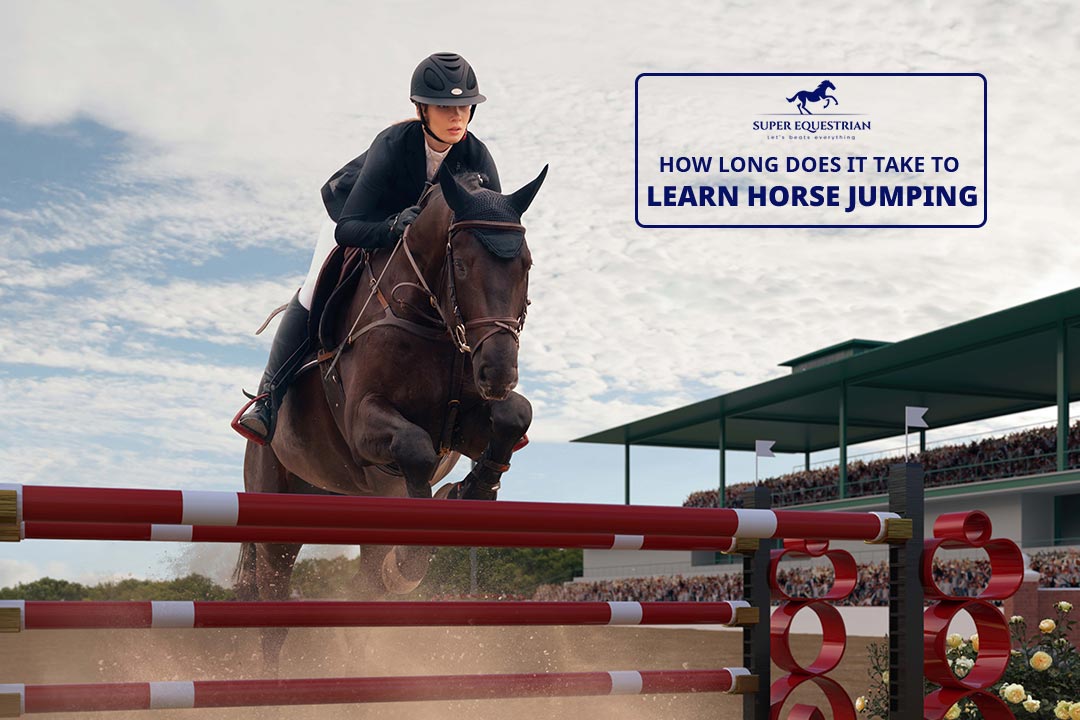
What could be more mesmerizing than seeing yourself as a fearless rider, soaring over obstacles and gliding gracefully through the air, the rush of wind in your hair, the power of the horse beneath you, the thrill of jumping!- it’s a feeling like no other. But how long will it take for you to reach this level of mastery in horse jumping?
Well, the amount of time it takes to learn horse jumping can vary greatly depending on several factors, such as the age of the horse, riding experience of the rider, how often you take riding lessons, and of course, the horse's ability. So roughly, it will take several months to a year to become proficient in horse jumping.
Horse jumping is an important aspect of equestrian sport, or you can say a vital stage of an equestrian show or events. Providing riders with a unique set of challenges and opportunities for growth. Horse jumping helps riders improve their overall riding skill and build confidence in the saddle and in life because it requires exquisite control, perfect coordination, and great communication between rider and equine.
In this blog, we will go through the basics of horse jumping, including factors that can affect the speed of learning horse jumping, the time frame for riders of all levels and how you can improve the flow of learning horse leaping. So, what are you waiting for? Let's soar over the fence and explore all the phases together!
Understanding the basics of horse jumping
Horse jumping is a prominent equestrian discipline in which a horse and rider navigate an obstacle course. Whether you're an experienced equestrian or a newbie, learning the fundamentals of horse jumping is critical for both horses and riders' safety and their successful performance.
In this section, we'll go over the fundamentals of horse jumping, focusing on the different types of jumps, essential equipment, horse and rider placement, and training strategies to get you started.
- Types of jumps: When it comes to horse jumping, there are several different types of jumps that riders will encounter such as vertical leaps, wall jumps, oxer jumps, spread hops, hurdle leaps and combo jumps. Each of these types of jumps presents its own set of challenges, and it's important for riders to understand the differences and train their horses accordingly.
- Essential equipment: As with any other equestrian activity, there is a variety of equipment that is required for both the horse's and rider's safety as well as effective horse jumping performance. Some of the most important pieces of equipment include-saddles, bridles, stirrups, also protective riding suits like boots, helmets, vest and so forth.
- Role of the rider: The rider who plays a crucial role in horse jumping, responsible for guiding the horse through the jumping course and ensuring a safe and significant performance. So it is crucial for them to understand and execute their role effectively through maintaining their balance, position, timing and communication with the horse.
- Training strategies: Before starting training for horse jumping, it is important to grasp an adequate idea of training strategies, for example having a solid understanding of riding basics such as balance, posture, control, learning the right technique, start practicing on the flat, and gradually increase the level of jumps.
And finally the last step is horse training. It is essential for understanding the basics of horse jumping and for improving your skills as a rider. Because it will aid you to build confidence in yourself and in your horse as well.
In the training process you will be able to understand the horse’s abilities and limitations. According to that you can enhance your riding techniques and give a better performance in the arena.
Average time frame to learn horse jumping
The pace of learning is not the same for all riders, as each individual's experience and abilities play a role in how quickly they progress. Some riders may learn quickly, while others may take more time, but the important thing is to be patient and stay focused on the journey.
Despite variations in individual riding abilities, it is possible to estimate a general time frame for acquiring horse leaping skills.
- Beginner riders: When it comes to learning equestrian jumping, there is a difference in the average time frame between beginner young riders and beginner adult riders. While both age groups can learn to jump with proper training and practice, the speed of individuals' progress may vary.
- Young riders (under 16): For younger novice riders the duration for their training phase can take approximately 8-10 months or a year to become proficient in horse jumping.
- Adult riders (16 and above): For adult riders, on the other hand, it might take 6 months even if they're riding with a well-known trainer who has soared far higher in the past.
- Intermediate or semi-experienced riders: Those who consider themselves intermediate riders may be able to learn horse jumping in less than 5-6 months while depending on their experience and ability.
- Advanced or professional riders: Advanced or professional riders who have a high level of experience with horseback riding and jumping will likely take a month to learn horse jumping.
Moreover, advanced riders may be able to pick up the fundamentals of horse jumping in just a few weeks or even less than a month with their refined skills and knowledge of horse behavior.
Factors affecting the speed of learning horse jumping
Horse jumping is a beautiful and challenging equestrian discipline that requires a combination of skill, technique, and trust between horse and rider. But how quickly one can learn and improve in this sport is not solely dependent on talent. There are a variety of factors that can affect the speed of learning horse jumping.
- Age of the horse: The horse's age is the most important element in determining how quickly he learns to jump. Younger horses may have less experience and training, which might impede the learning process. Older horses, on the other hand, may have more experience and training, but they may also have physical limits that affect their performance.
When considering the pace of learning horse jumping, it is critical to consider a horse's age, as well as their specific talents, experience, and training.
- Riding experience of the rider: The riding experience of the rider is indeed a major factor that can affect the speed of learning horse jumping. Those riders who have prior riding experience and a strong groundwork in basic riding abilities, find it simpler to acquire the horse jumping technique and coordination.
On the contrary, novice or beginner riders may struggle with the balance, posture, and control required for horse jumping. They may need to spend more time honing these abilities before moving on to jumping.
- Frequency of training: The frequency of training can have a big impact on how quickly you learn horse jumping. In general, the more often horses are trained, the faster they learn. Because regular training provides the horses with steady stimulation and repetition which is crucial for developing muscle memory and sustaining new abilities.
The frequency of training and riding lessons are closely related in horse riding as both contribute to the overall progress of the horse and rider. So, as a rider , if you are concern about taking riding lesson then this article is specially for you How often you should take horse riding lessons
- Quality of training: It is also vital to remember that training quality is a key component. Poor training practices or undue stress can actually impede a horse's learning and growth. On the other hand, training a horse less regularly with high-quality techniques and a positive approach, can result in quick learning.
- Natural ability of the horse: Horse's natural ability can impact how quickly they learn to jump. Horses, like humans, have various levels of natural athletic ability, and some horses may have a natural tendency for jumping, allowing them to learn faster and perform better than others.
For example, a horse with muscular hindquarters, balanced structure, and good coordination may learn to leap more easily and efficiently than a horse with less natural skill in these areas.
- Horse-rider relationship: The bond between horse and rider is a powerful tool in the journey of learning any discipline. So, definitely horsemanship is a key factor that can affect the speed of learning horse jumping. Particularly, a horse that trusts its rider will learn to jump faster and be easier to work with.
Similarly, a rider who has developed a strong bond with their horse and has good communication skills will be able to effectively communicate with the horse.
These are some of the primary aspects that can impact the pace of learning horse jumping, and it is important to consider all of these factors in order to maximize the horse's progress.
Tips for improving the speed of learning horse jumping
Learning horse jumping requires patience, persistence, and a lot of practice. However, there are steps you can take to speed up the process and improve your skills more quickly. Whether you're a beginner or an experienced rider, these tips can help you achieve your goals and become a confident and skilled horse jumper.
- Consistent training: Training on a regular and consistent basis may help you develop and perfect your riding abilities, as well as boost your confidence and proficiency while jumping. Having reasonable objectives and working towards them in a progressive and methodical manner is crucial when organizing your training sessions. This may include-
- some ground work exercises to establish a strong foundation in horse jumping.
- gradually increase the height of the jumps to master each level.
- set dedicated time for jumping training and to stick to a regular schedule.
- Focus on training techniques like proper form and body positioning.
- Proper horse training: Proper horse training is vital for speeding up the learning process of horse jumping. Teach your horses to leap confidently and responsively which can be accomplished through regular practice and repetition. And remember to give them treats and compliments after each performance. It will encourage your horses and enhance their self-assurance.
A well-trained horse will be able to understand your cues and respond accordingly, which can lead to smoother and more effective jumps.
Finding a reputable horse trainer can be challenging for those who need additional help training their horses. This article How to find a reputable horse trainer is for those individuals who are looking for guidance on how to find a trustworthy horse trainer.
- Understanding horse psychology: Horses have their own unique personalities, preferences, and behaviors. So, if you understand your horse then it will be more convenient to work with them. To gain a better grasp of horse psychology, you can study the basics of horse behavior, observe their body language and reactions.
- Building a strong bond with the horse: A strong bond between horse and rider is based on trust, mutual respect, and a deep understanding of each other's needs and behaviors. Therefore, build trust with your horse through grooming, handling, and positive reinforcement to facilitate faster learning in horse jumping.
Epilogue
Horse jumping is undoubtedly a challenging equestrian sport. To become proficient in this discipline you need to understand the basics of horse jumping, consider all the factors and tips that are related to the speed of learning horse jumping.
Just as “Rome wasn't built in a day”, becoming an expert in horse jumping will take time. So stay patient and focus on your training.
Please share your valuable opinion in the comment section if you have even benefited a little from this blog.
Recent Blogs
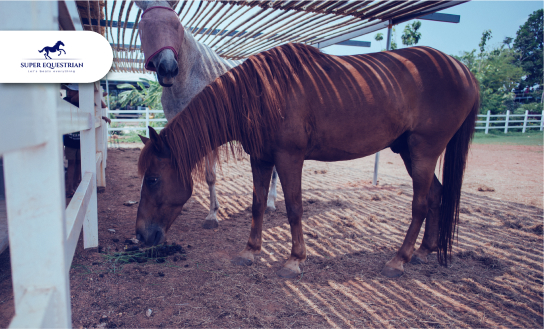
Common Equine Diseases and How ...

Equine Health Supplements: What Every ...
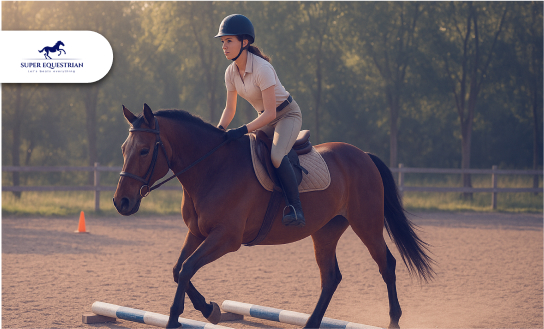
Jumping Basics: How to Prepare ...
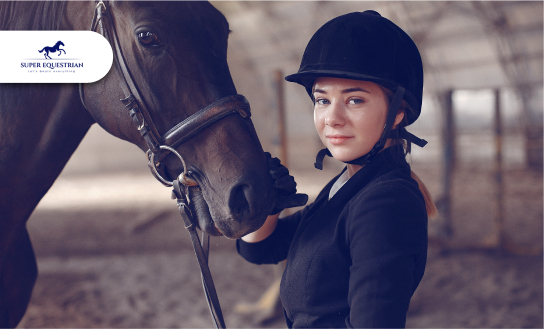
Essential Horse Riding Gear for ...
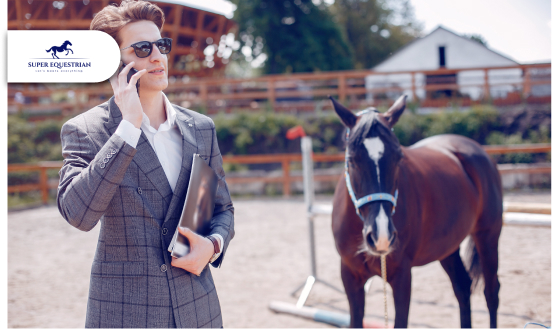
How to Balance Work, Life, ...

How to Balance Work, Life, ...
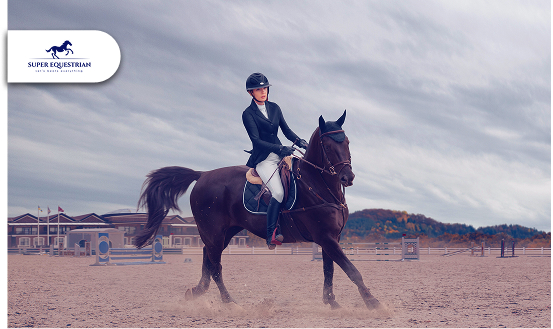
Top 5 Exercises to Improve ...
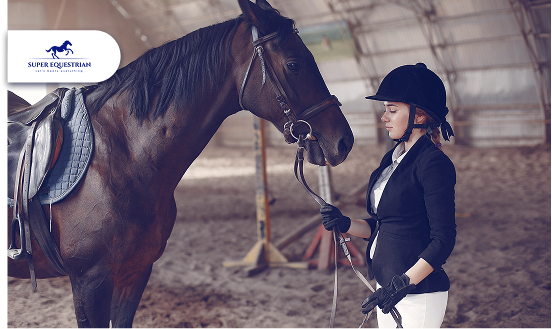
How to Build Confidence as ...
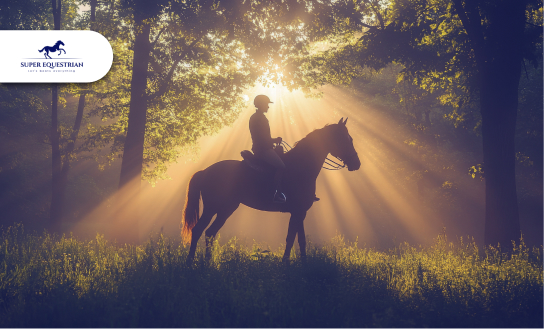
Spotlight on Equestrian Legends: Riders ...
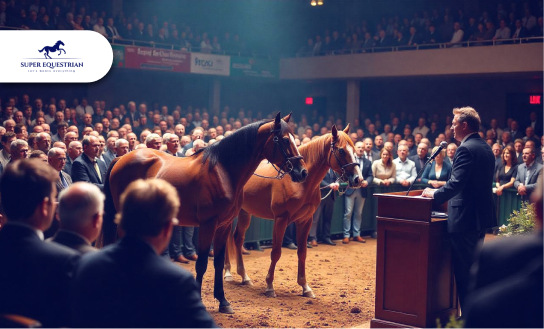
Horse Auctions and Sales...

Top Horse Friendly Travel Destinations ...

How to Build Stronger Bonds ...

Upcoming Horse Shows and Competitions ...
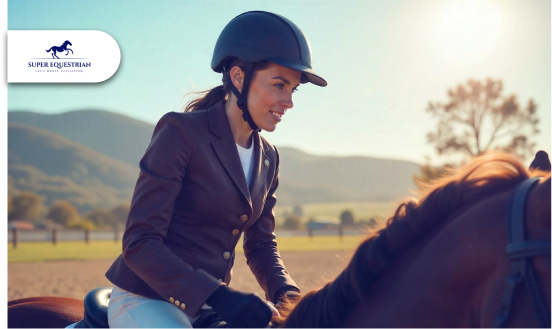
MIPS Equestrian Helmet The Future ...
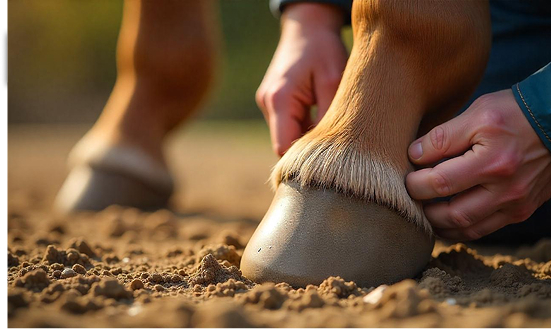
How to Recognize and Treat ...
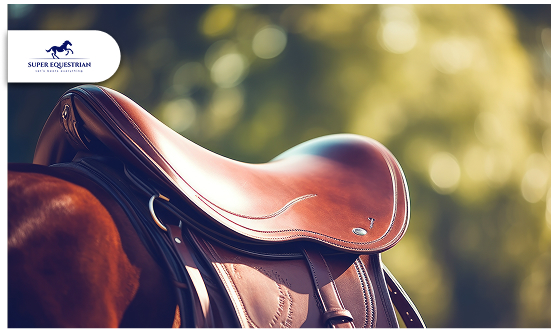
How to Choose the Perfect ...
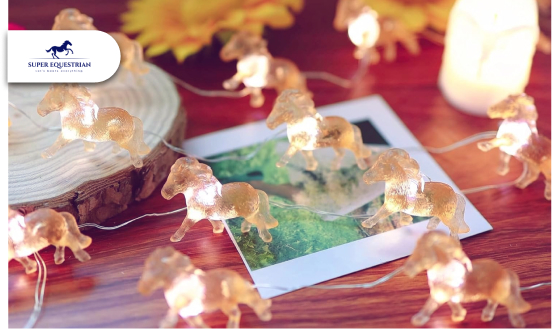
Horse-Themed Gifts Unique Ideas ...
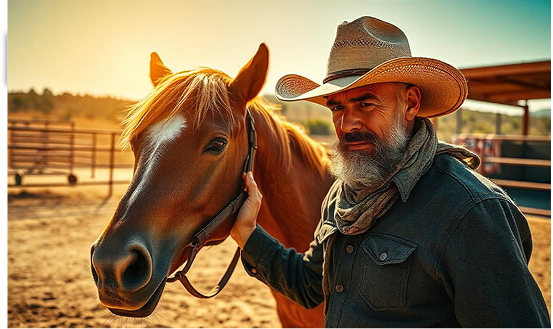
Horse Training Techniques: Creating A ...
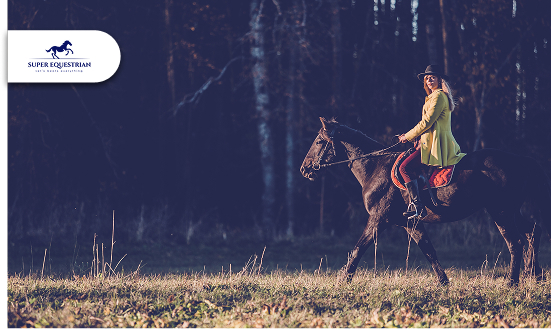
Horseback Riding Lessons – Everything You ...
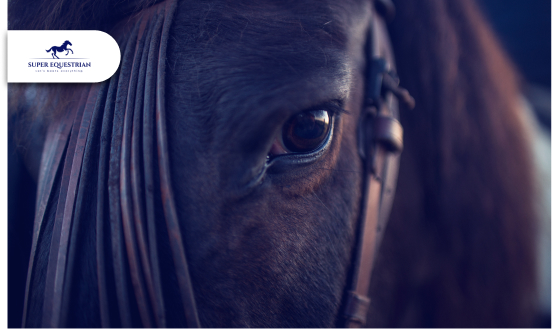
Horse Photography Tips: Learn the ...
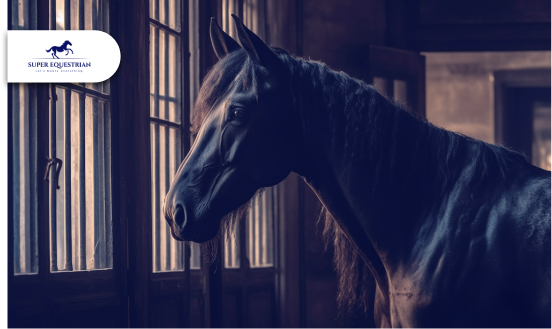
Horse Stable Management: The Quiet ...
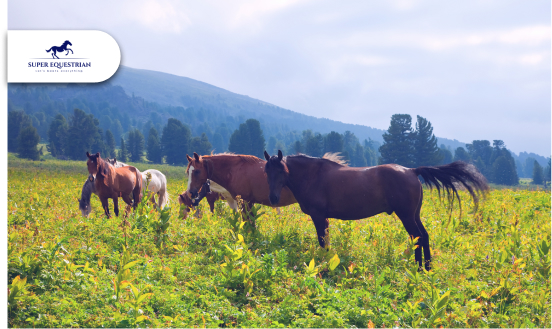
Horse Rescue Organizations: A Profound ...
Horse Racing Events A Look ...
Best Horse Manure Fork Six ...
What Are The Rarest Horses ...
What Does It Mean When ...
Horse Insurance Providers This Is ...

Horse Behaviour and Psychology: Learn ...

How Much Does a Horse ...
.jpg)
Best Monoflap Saddles For Your ...
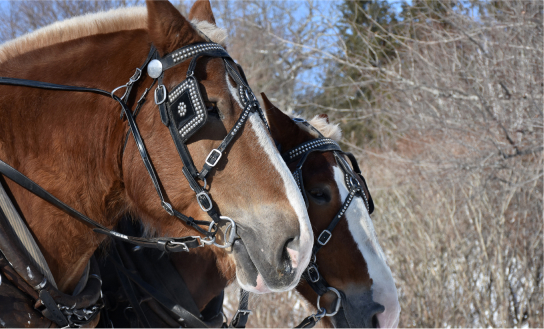
Best Hackamore For Barrel Racing...
.jpg)
Best Barrel Racing Reins Top ...
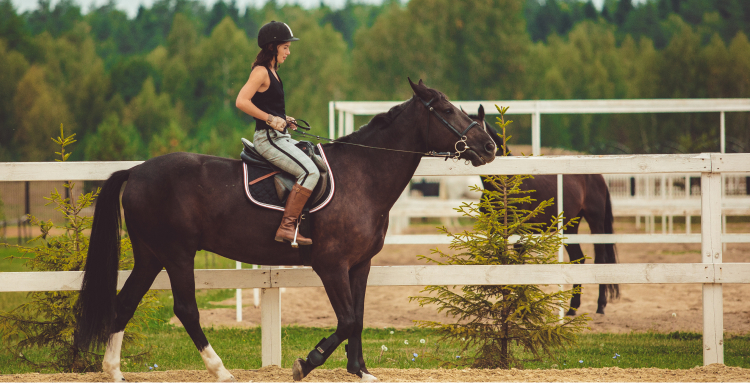
Horse Anatomy And Physiology: Facts ...
.jpg)
Best Stirrups For Ankle Pain - ...
.jpg)
Horse Care Tips and Tricks: ...
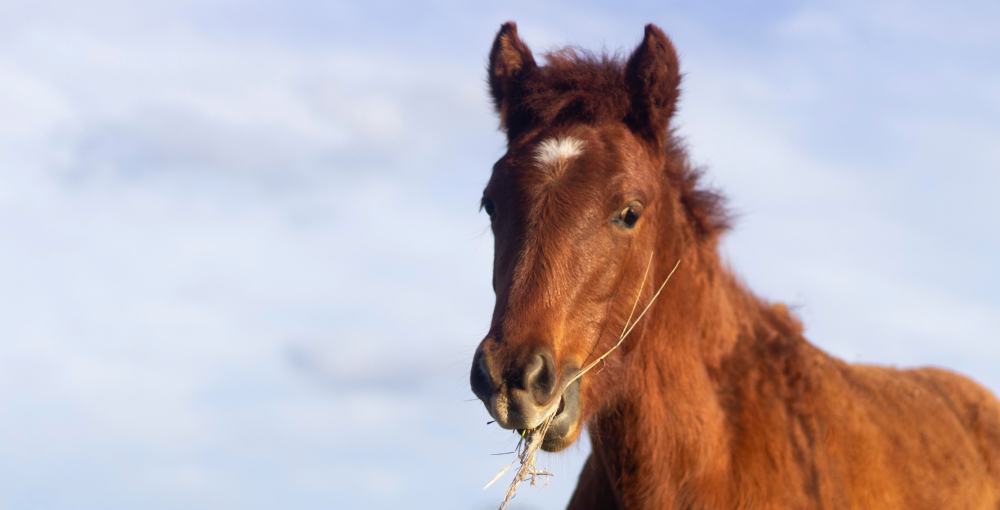
What Do Wild Horses Eat- ...
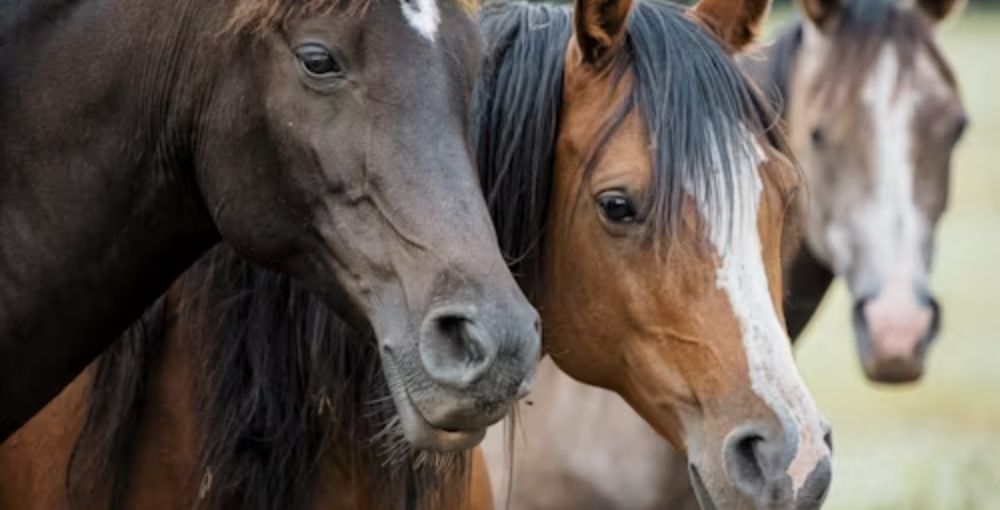
Horse Breeds and Characteristics: How ...
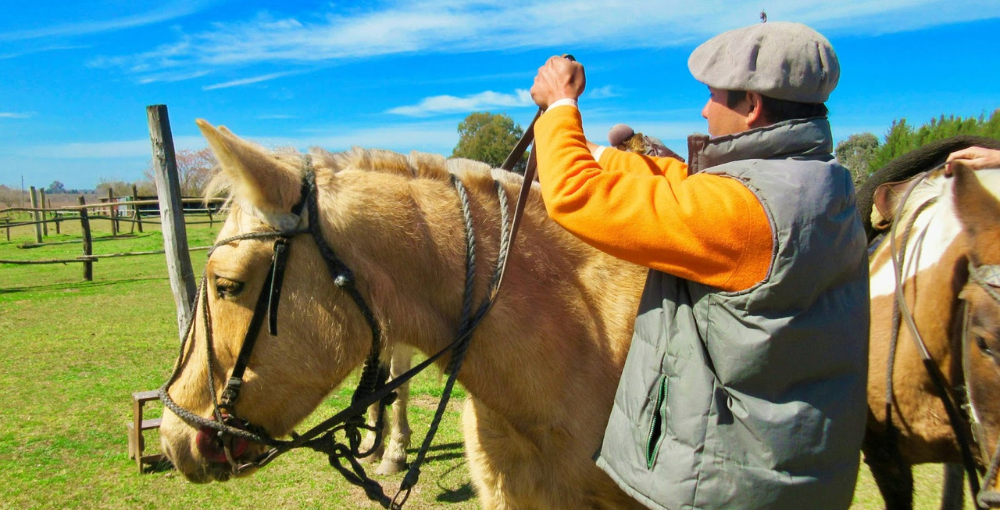
Best Barrel Racing Reins - Top ...

Horse Breeds and Characteristics: How ...
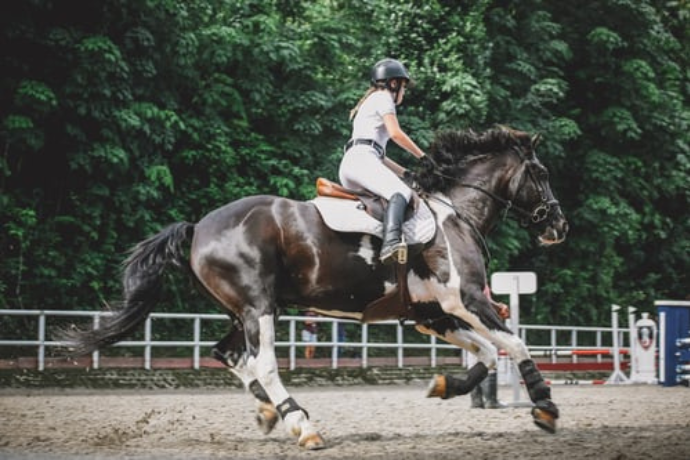
Best Breeches For Curvy Riders...
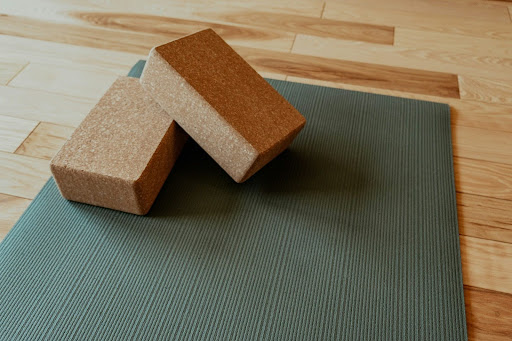
Best Stall Mats For Horses - ...

Best Horse Brushes ( A Thread ...

Best Saddle Rack ( Keep Your ...

Best Bit For Training a ...
.jpg)
10 Morgan Horse Show Held ...
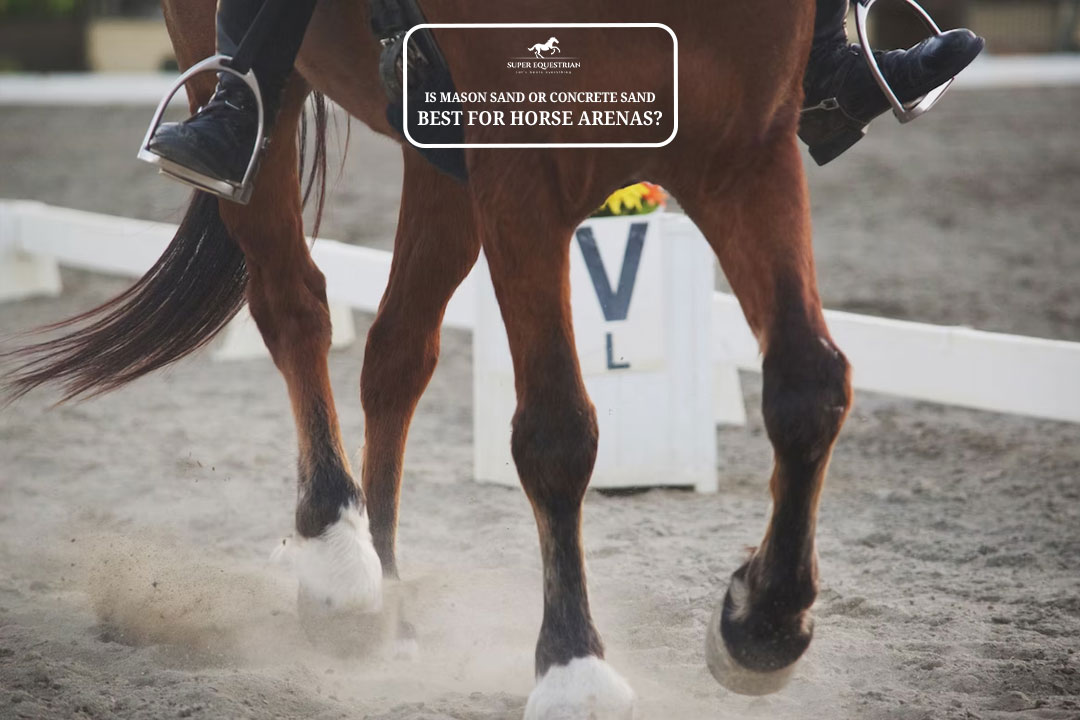
Is Mason Sand Or Concrete ...
.jpg)
Best Girth For Your Horse ...
.jpg)
Ranch Cutter vs Cowhorse Saddle? ...
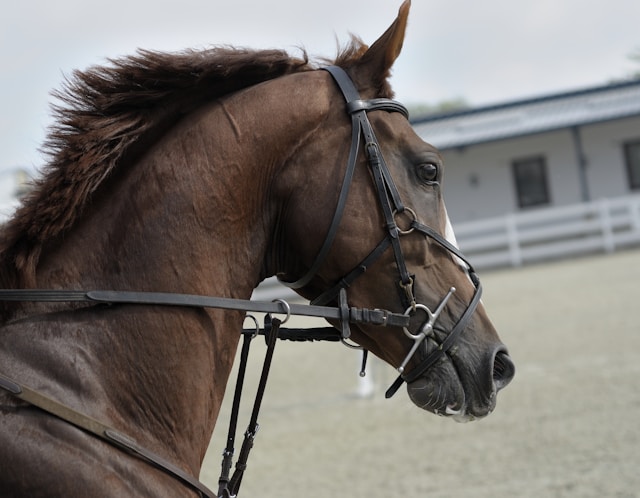
Types of Horse Bit and ...
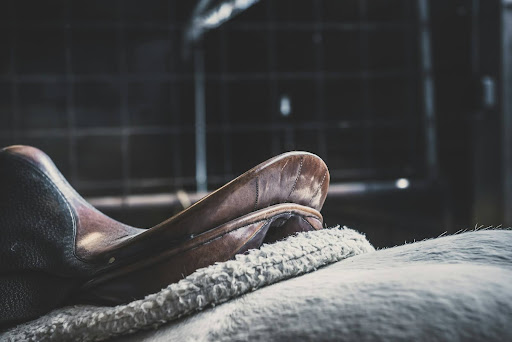
Is Hilason a Good Saddle ...
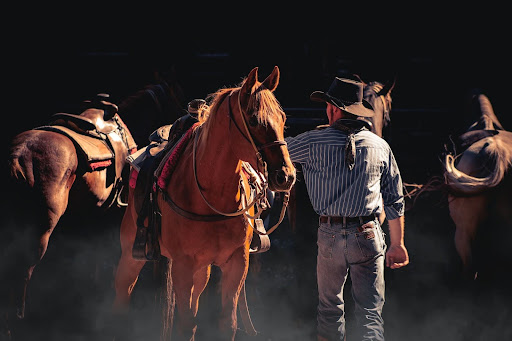
How to choose a bit ...
.jpg)
Best Salt Blocks For Horses...
.jpg)
Types of Horse Brushes (Equine ...
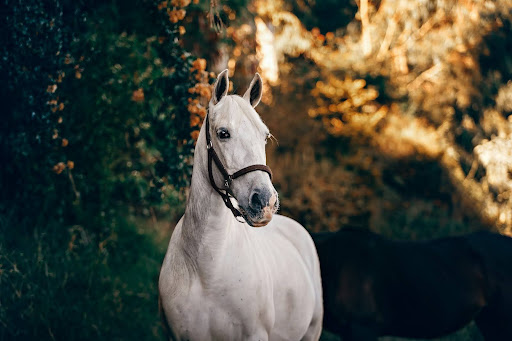
How To Get a Horse ...
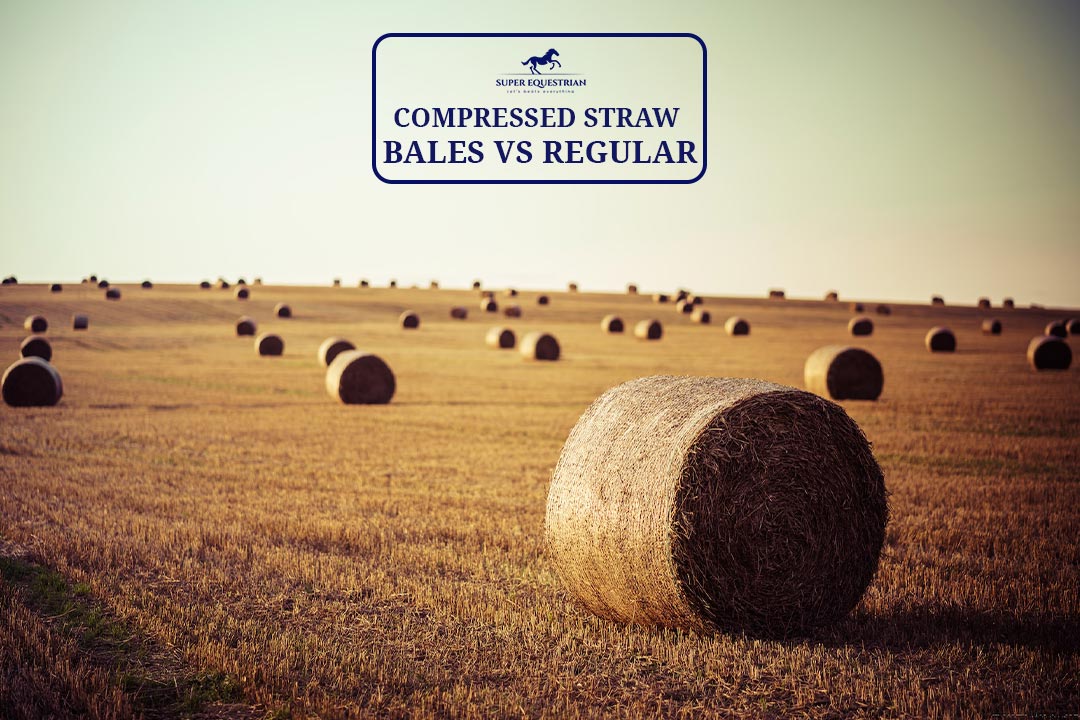
Compressed Straw Bales Vs Regular? ...
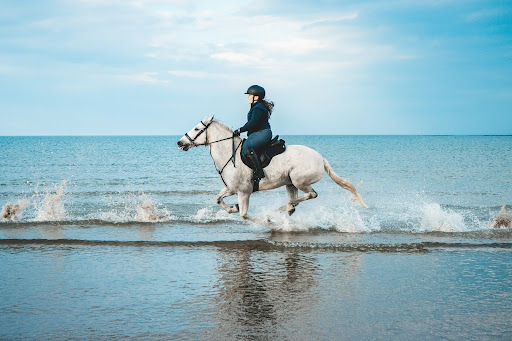
Horse Riding Lessons For Intermediate ...

Horse Trailer Brands To Avoid...

Strawberry Roan vs Red Roan? ...
.jpg)
Gelding vs Stallion...
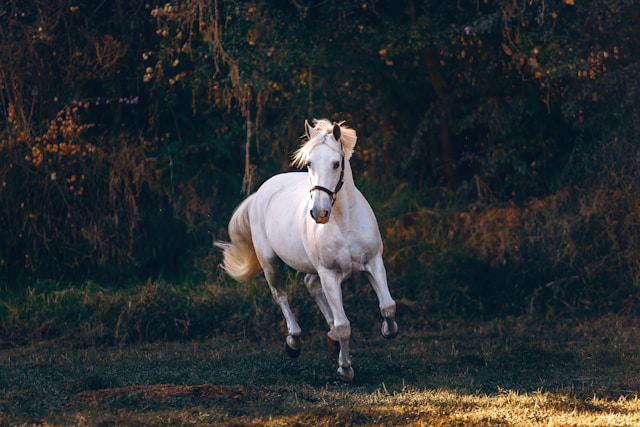
Why Does a Horse Whinny? ...
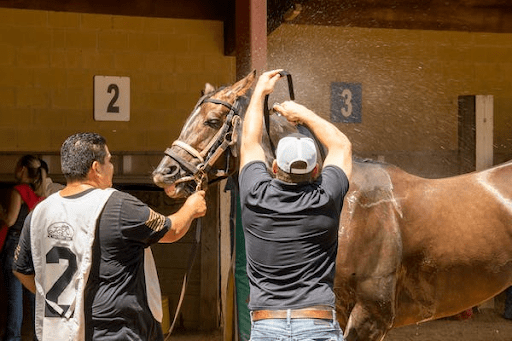
How to Clean a Rusty ...
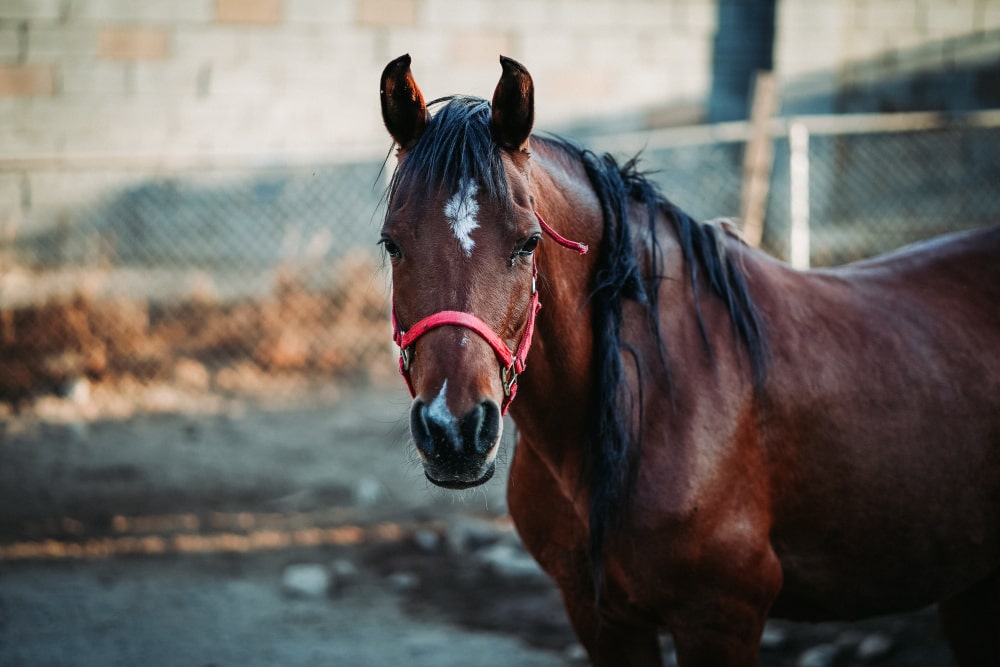
Why Do Horses Foam at ...
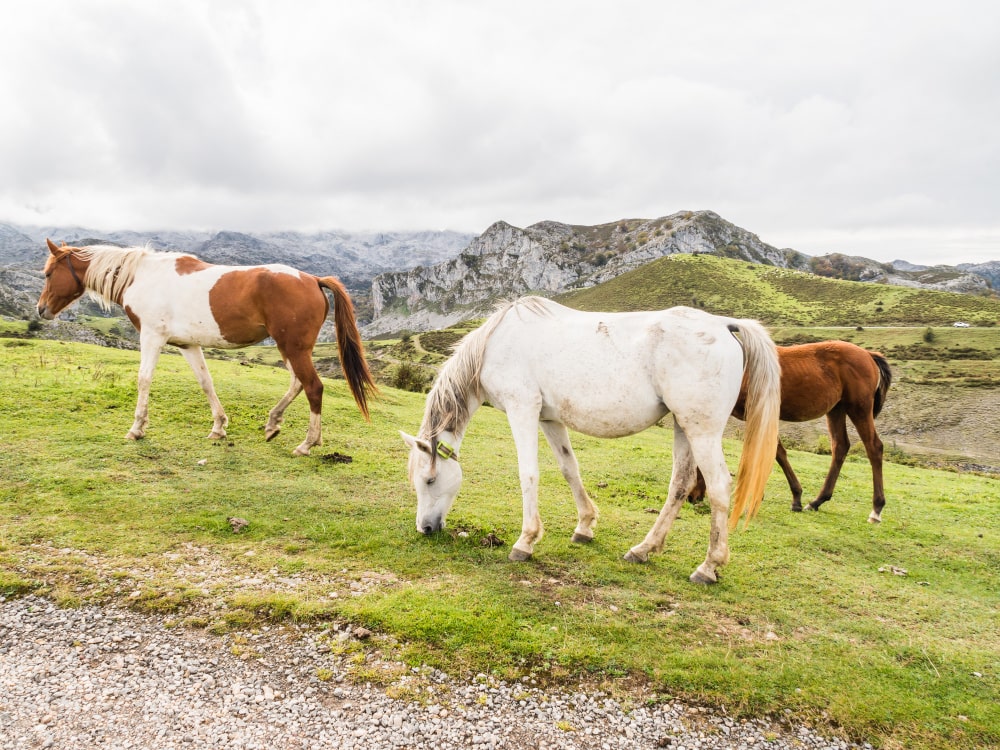
Why Do Horses Bob Their ...

Nutrition Unveiled: Triple Crown Senior ...
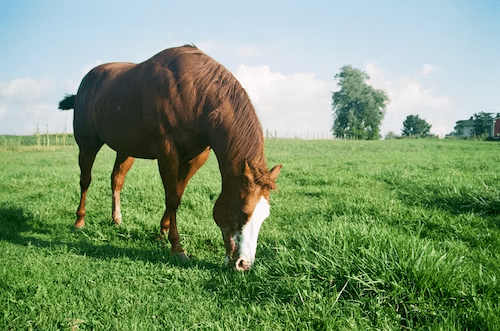
Pasture Pro Vs. Grazon: Horse-...
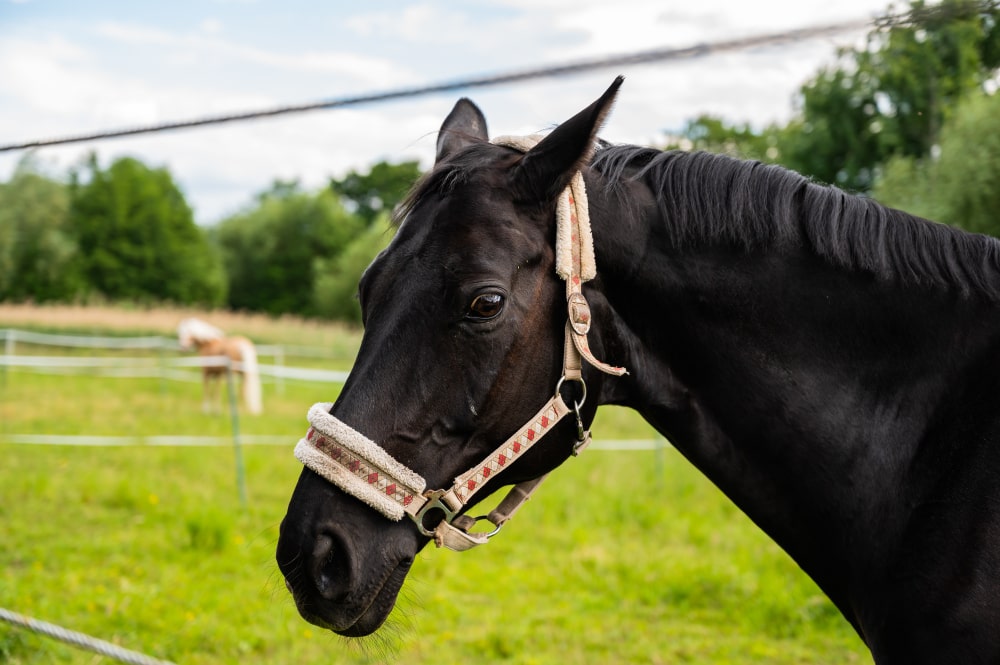
Dutch Gag Vs. Pelham: Bits ...
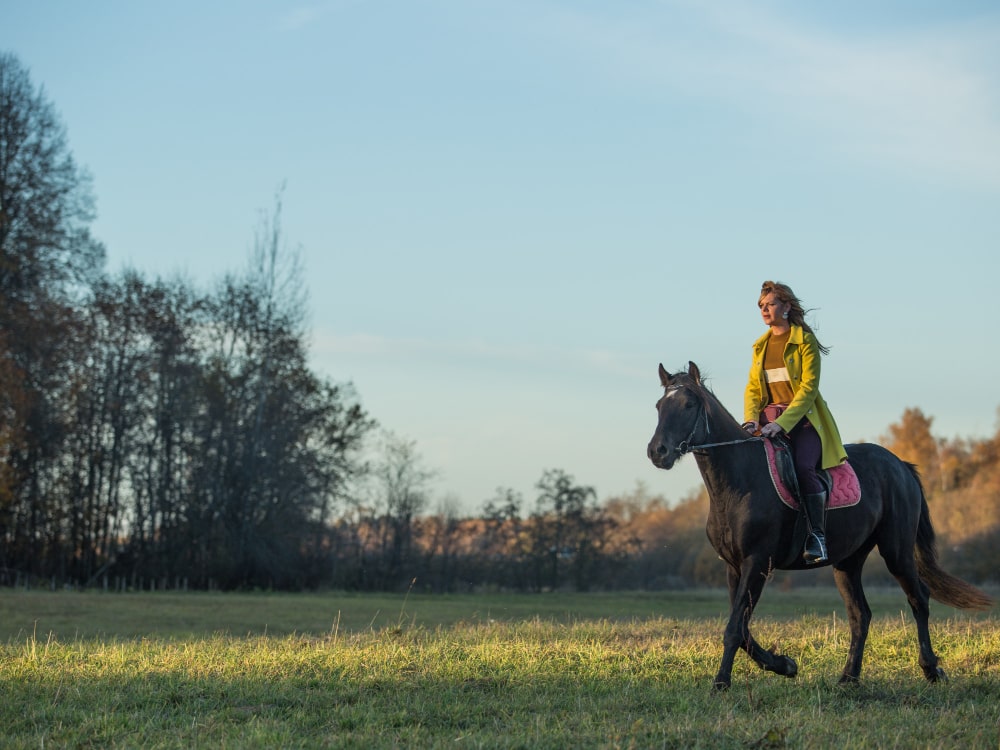
Walking Horse vs Racking Horse: ...
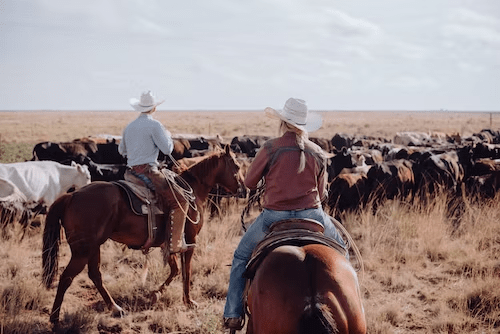
Wade vs Association Saddle: Your ...
.jpg)
Step Up vs Ramp Horse ...

Bosal vs Hackamore: A Head-...
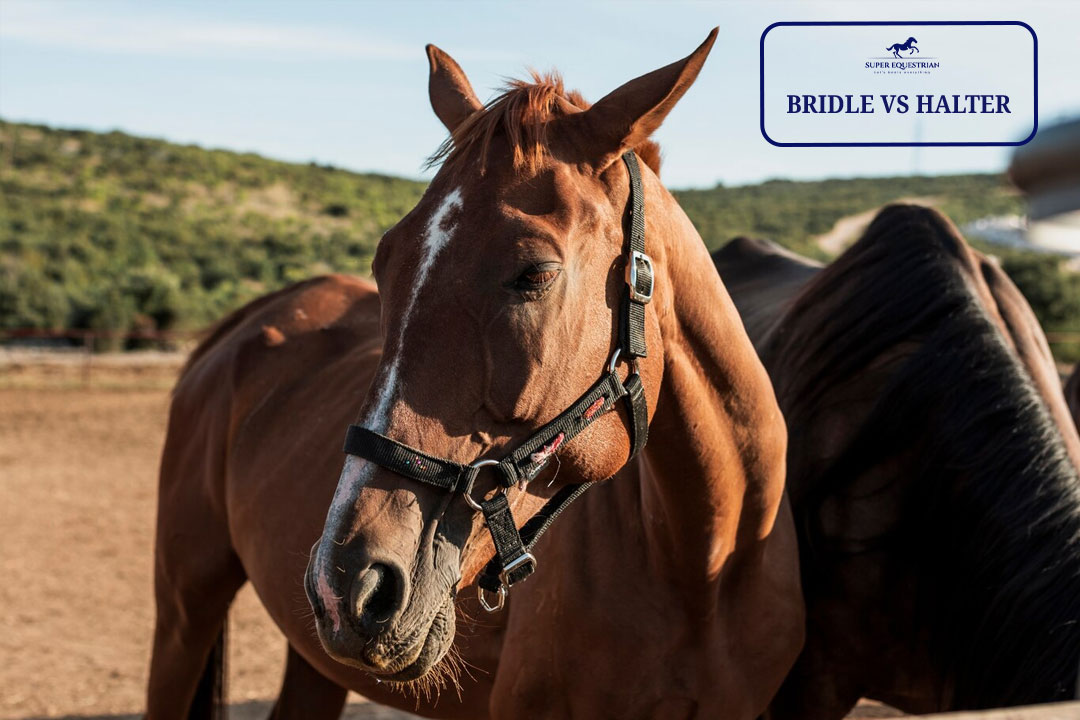
Bridle Vs Halter: Which One ...

Paddock Boots Vs Riding Boots: ...

Shadow Horse Trailer Problems: Causes, ...
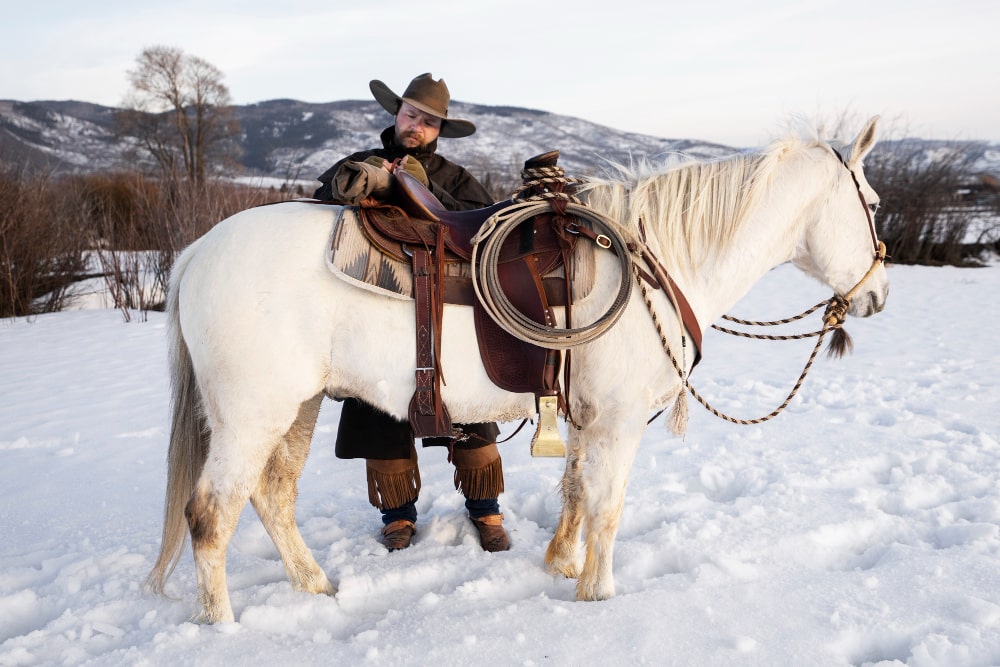
Are Billy Cook Saddles Good - ...

Let's Start at the ...
Benefits of Beet Pulp for ...
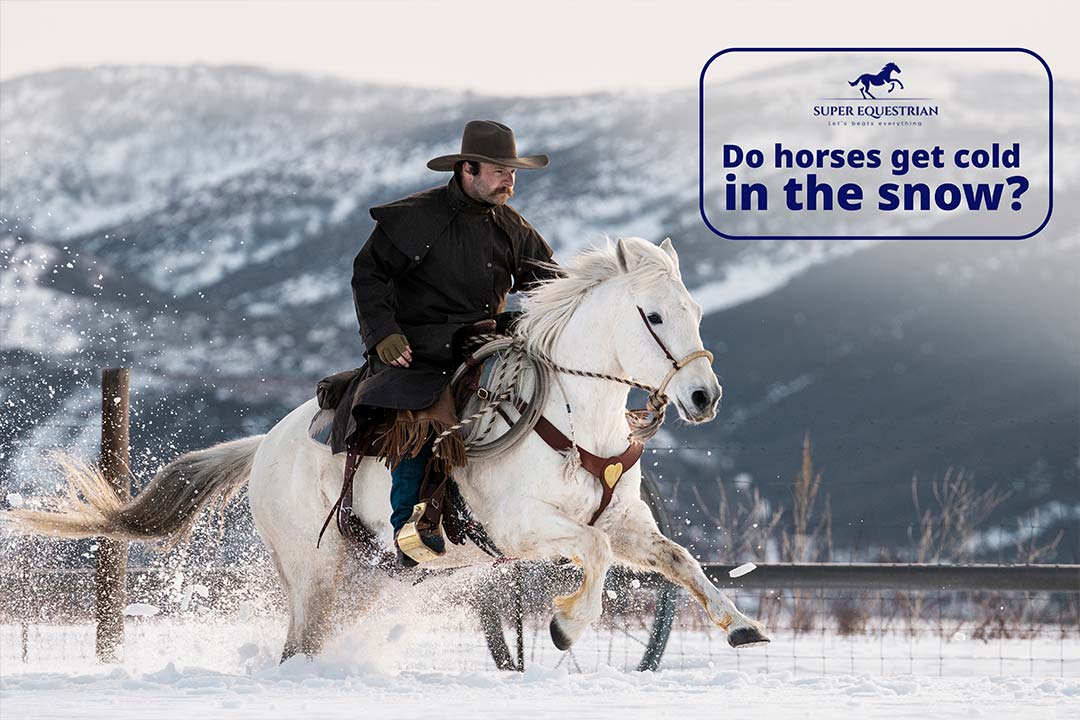
Do horses get cold in ...
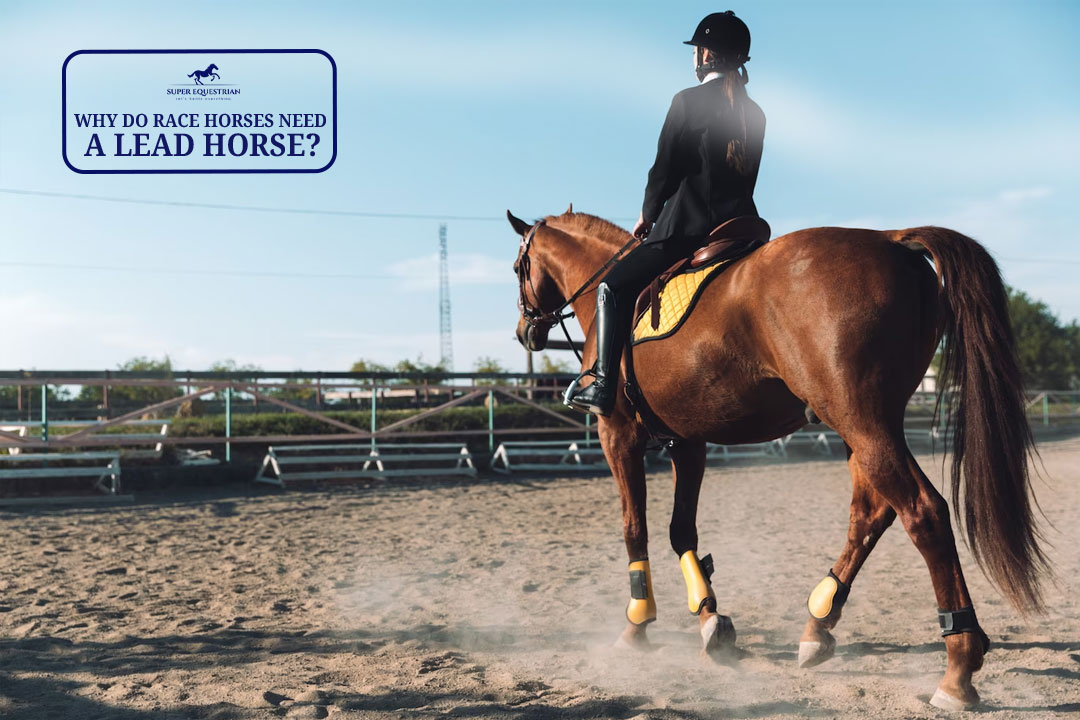
Why Do Race Horses Need ...
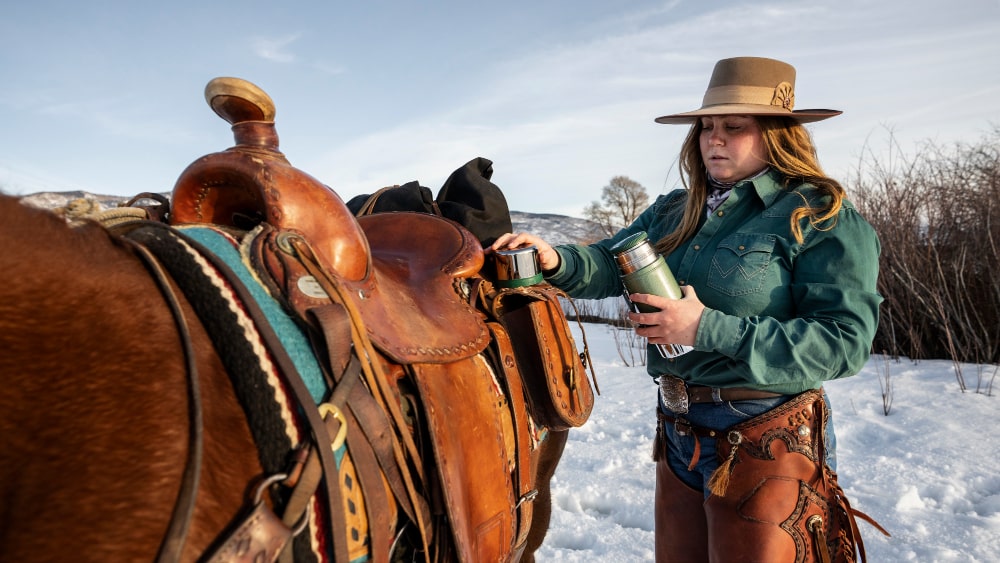
Ranch Saddle vs. Roping Saddle: ...

Round Pen vs Square Pen ...

Must Have Horse Trailer Accessories: ...
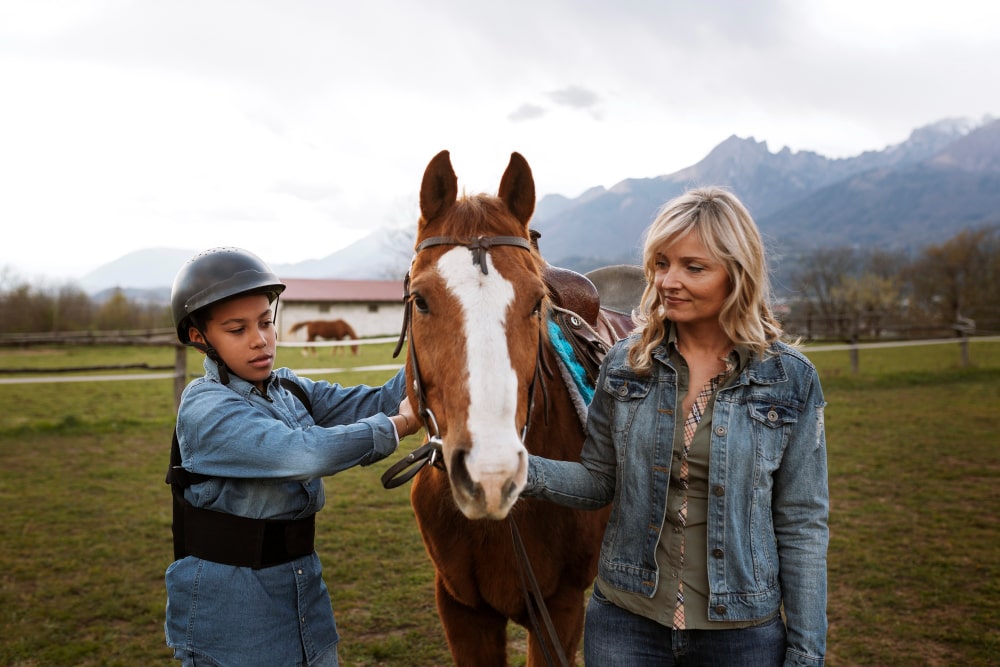
Is MIPS Worth for Equestrian?...
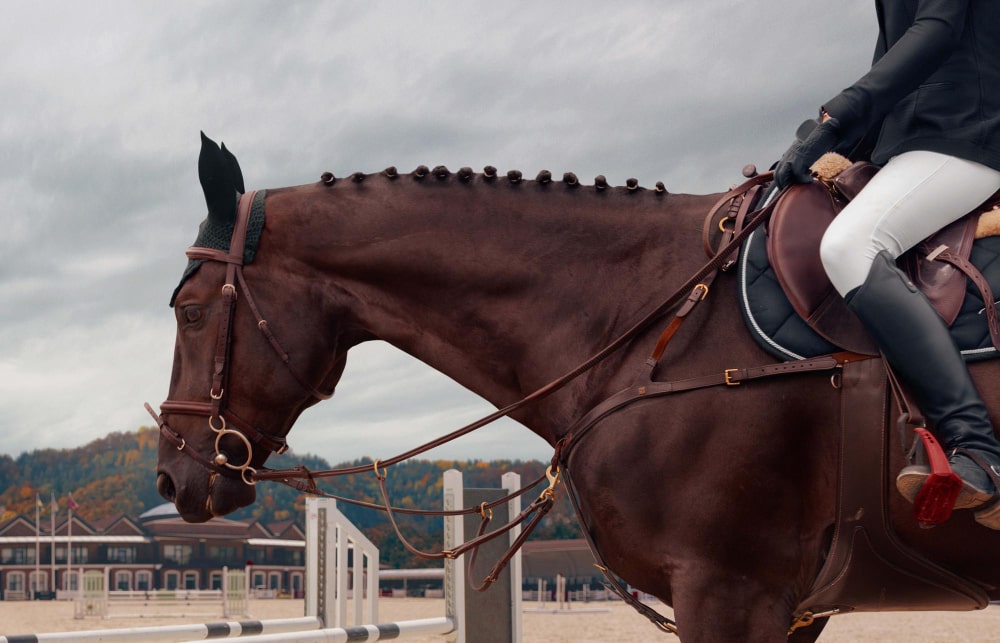
Natural Horsemanship vs Positive Reinforcement: ...

How to Mount a Horse ...
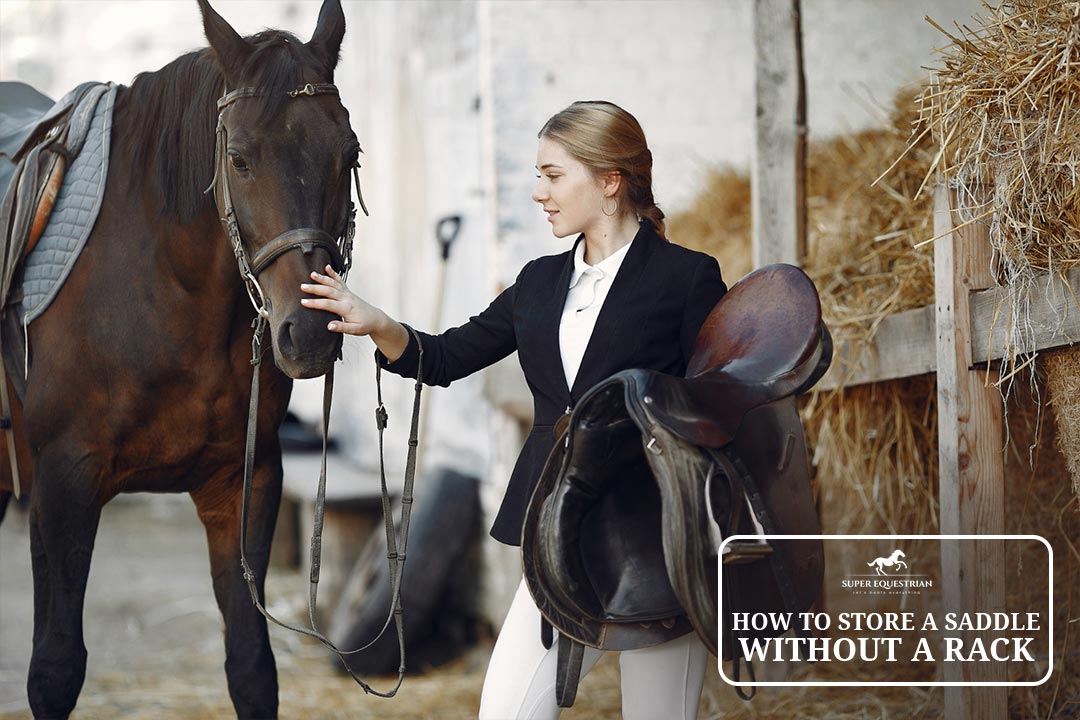
How to Store a Saddle ...
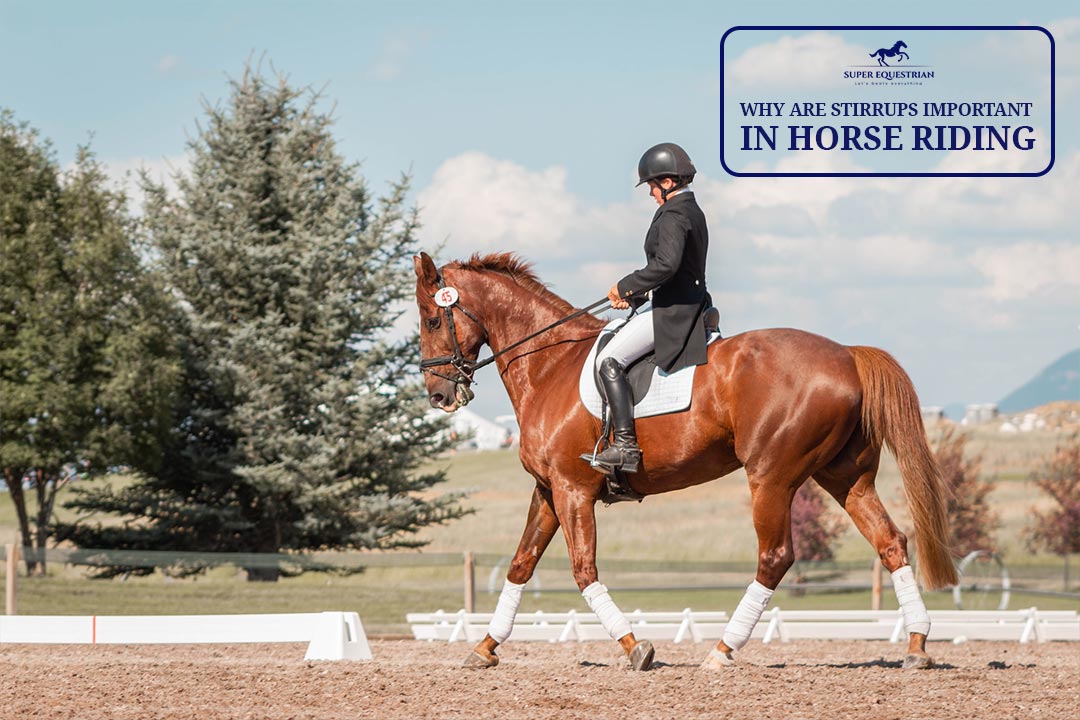
Why are Stirrups Important in ...
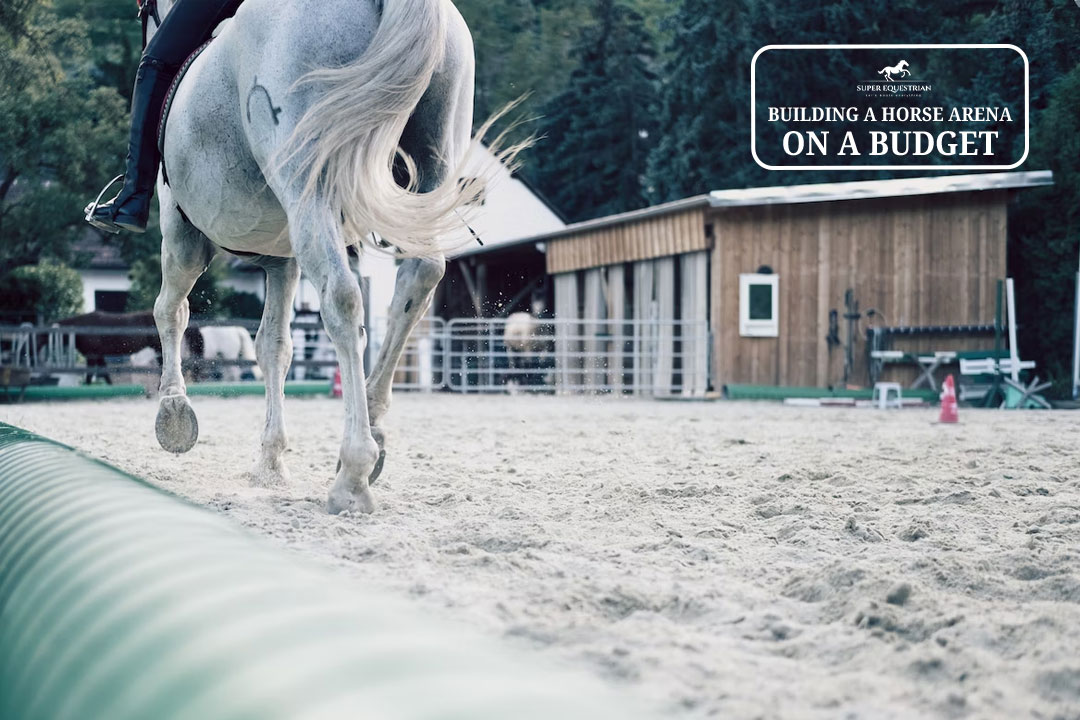
Building a Horse Arena on ...

How to Make Horse Treats ...

Order of Grooming a Horse...

Horse Riding Lessons Plan: The ...

Horse Trailer Roof Replacement and ...
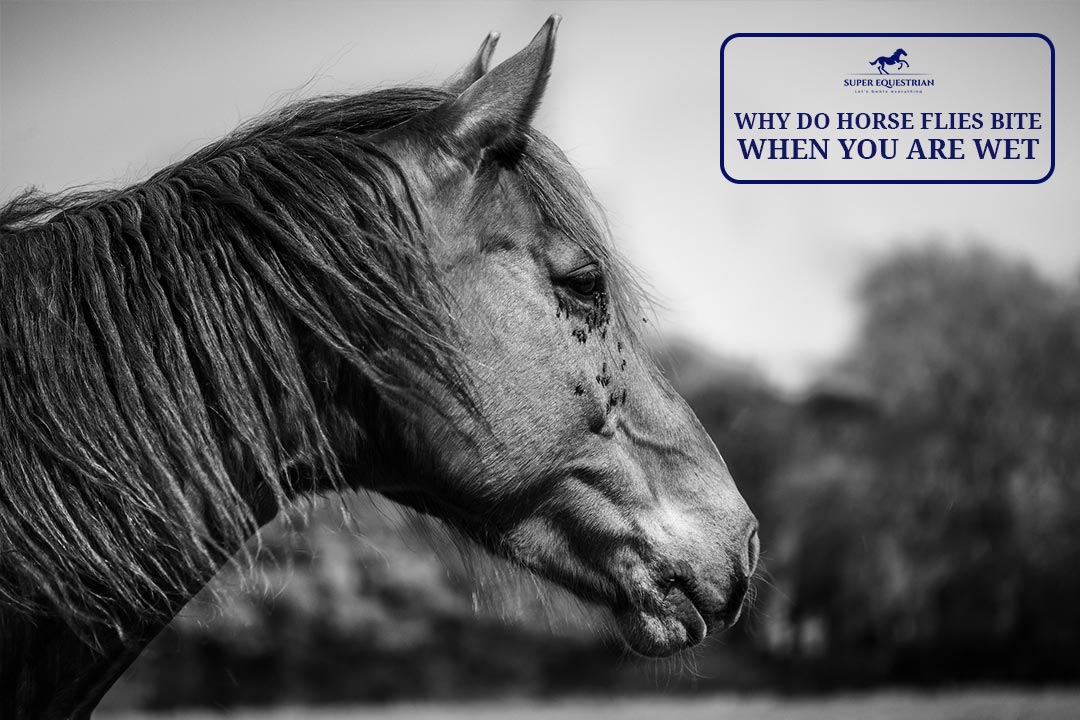
Why Do Horse Flies Bite ...
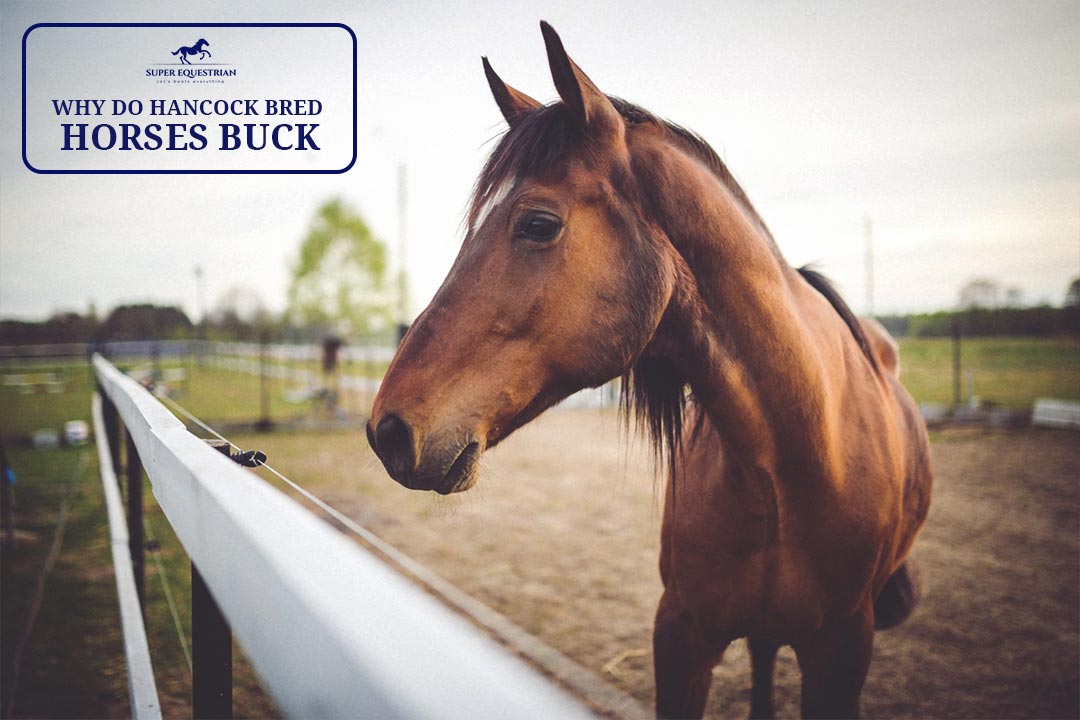
Why Do Hancock Bred Horses ...

Quarter Horse Bloodlines to Avoid...
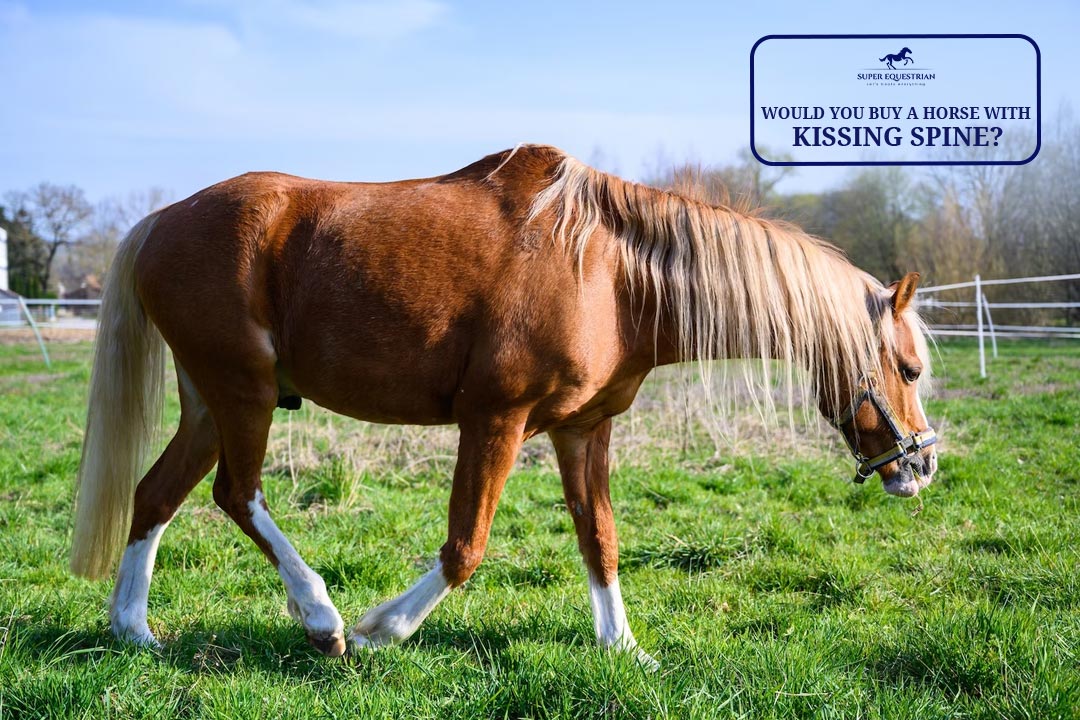
Would You Buy a Horse ...
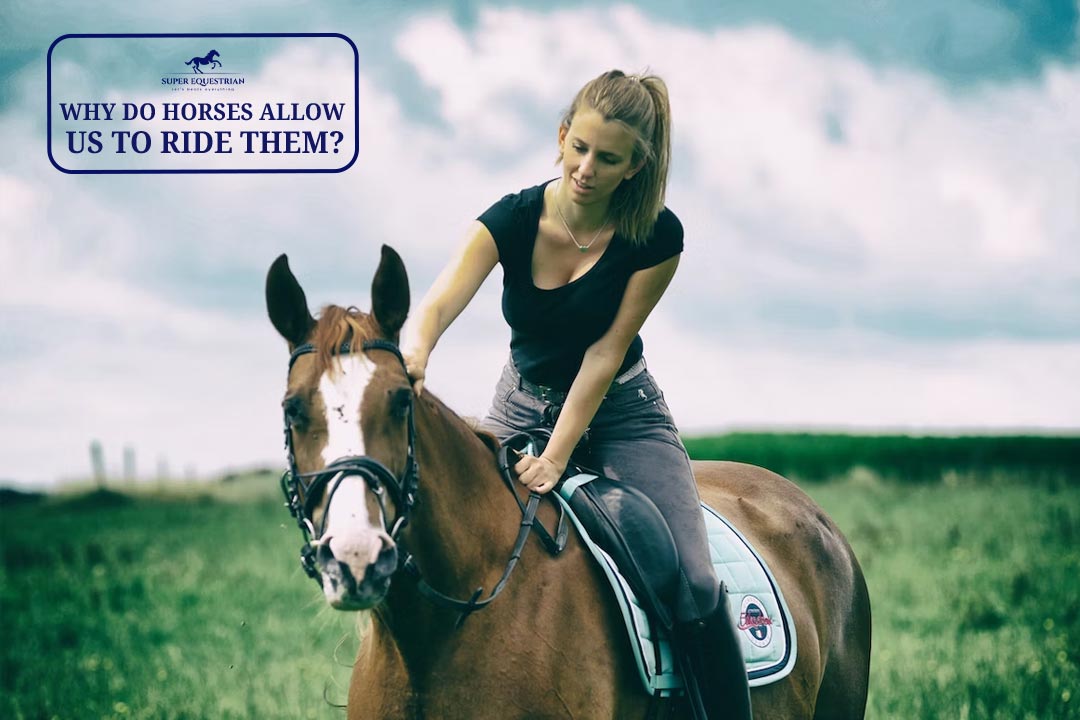
Why Do Horses Allow Us ...
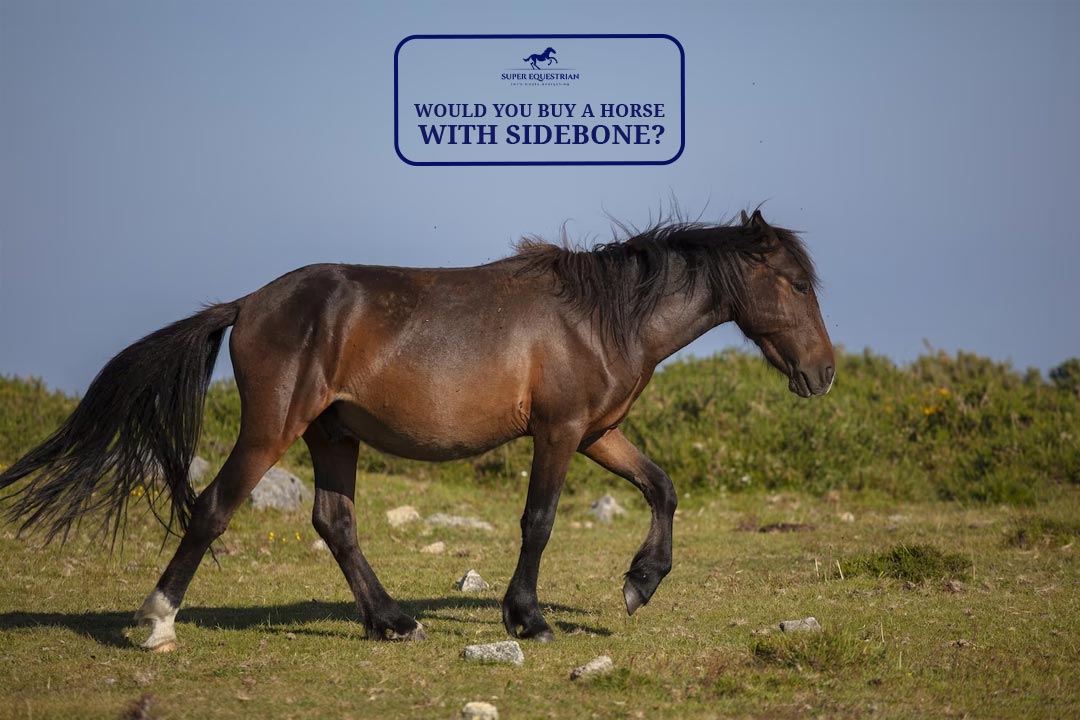
Would you buy a horse ...

Why Are Klapper Bits So ...
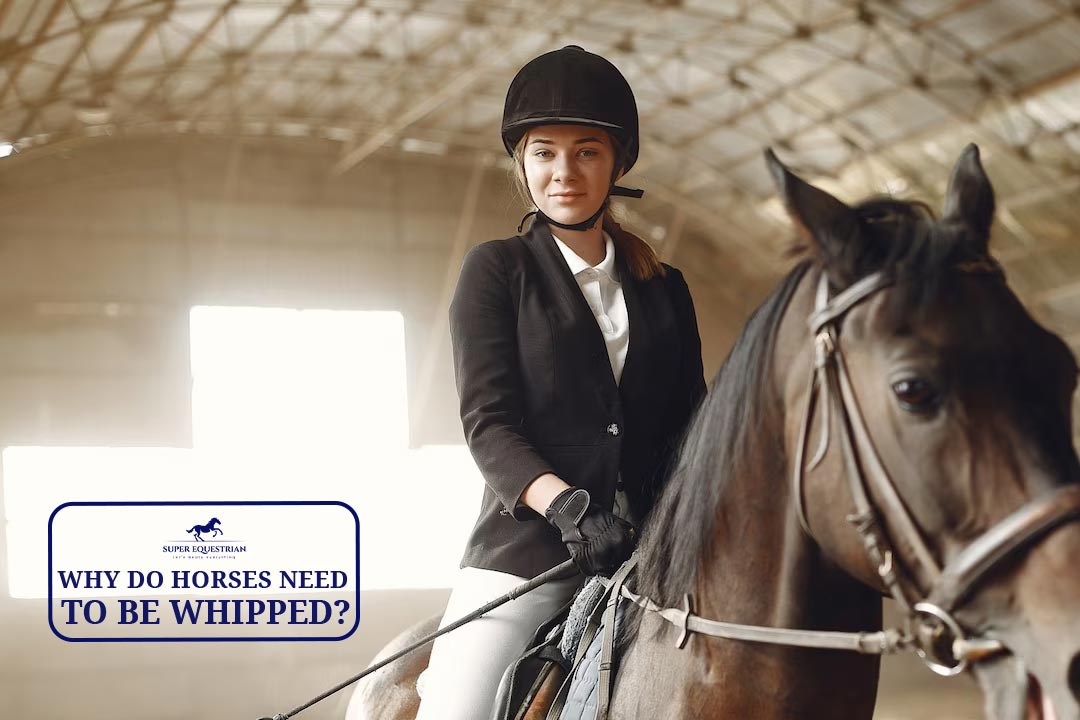
Why do horses need to ...

Why do you mount a ...
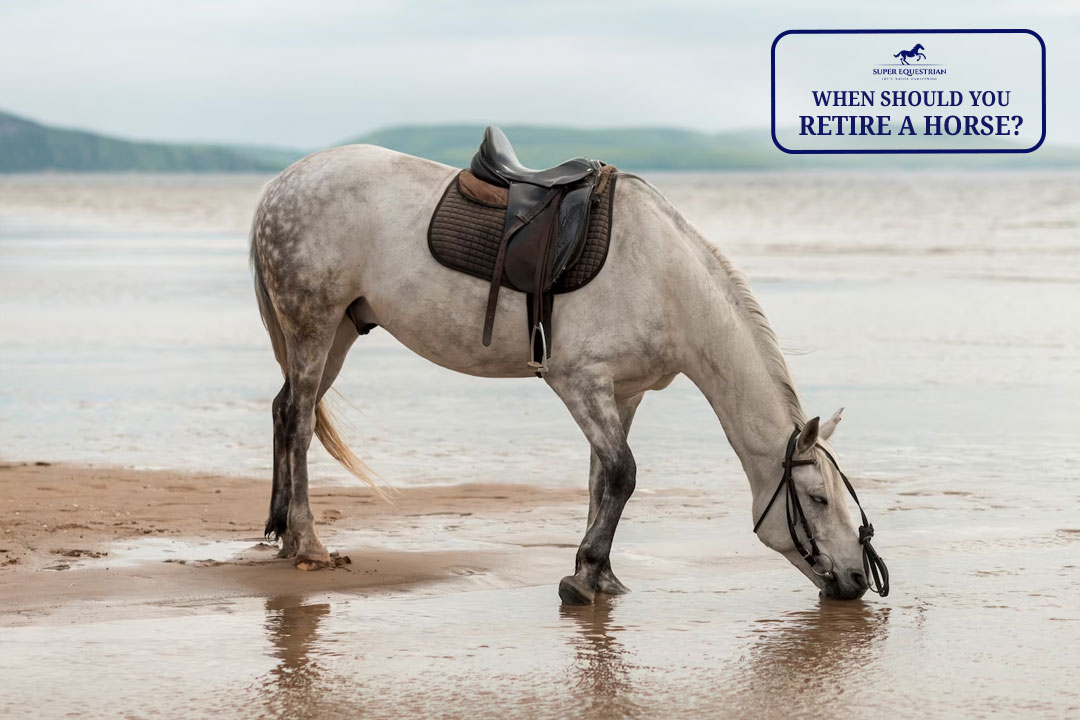
When Should You Retire A ...

Why Are Horses Whipped When ...
.jpg)
Why Do Horses Have A ...
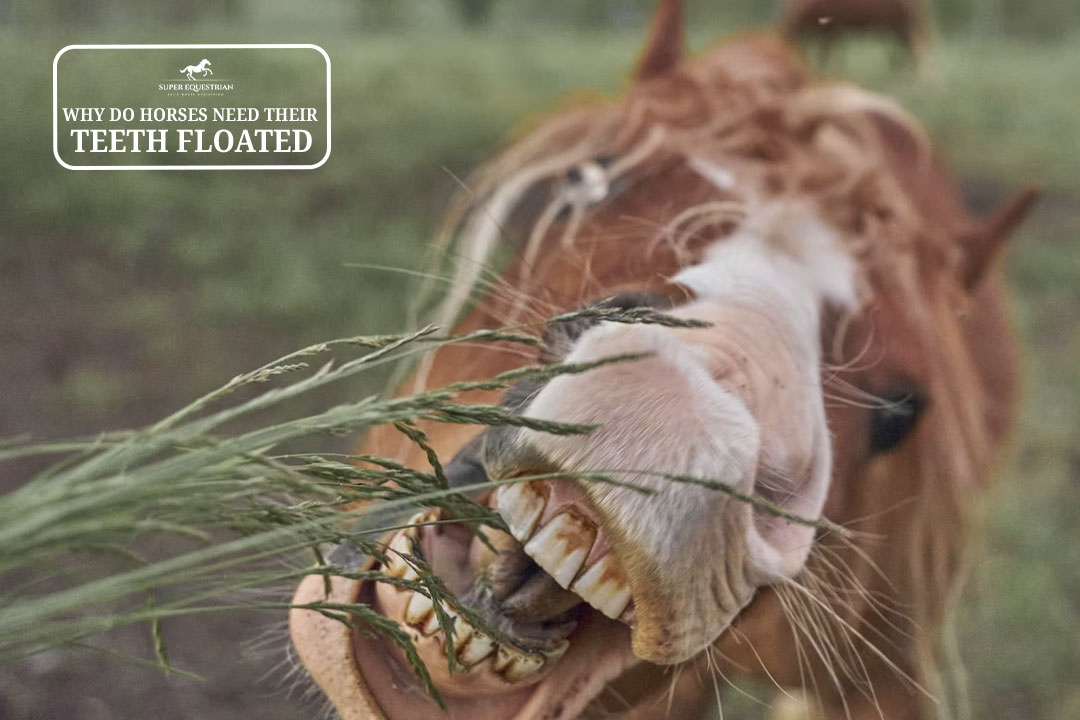
Why Do Horses Need Their ...

What To Do If Horse ...

What To Do If A ...
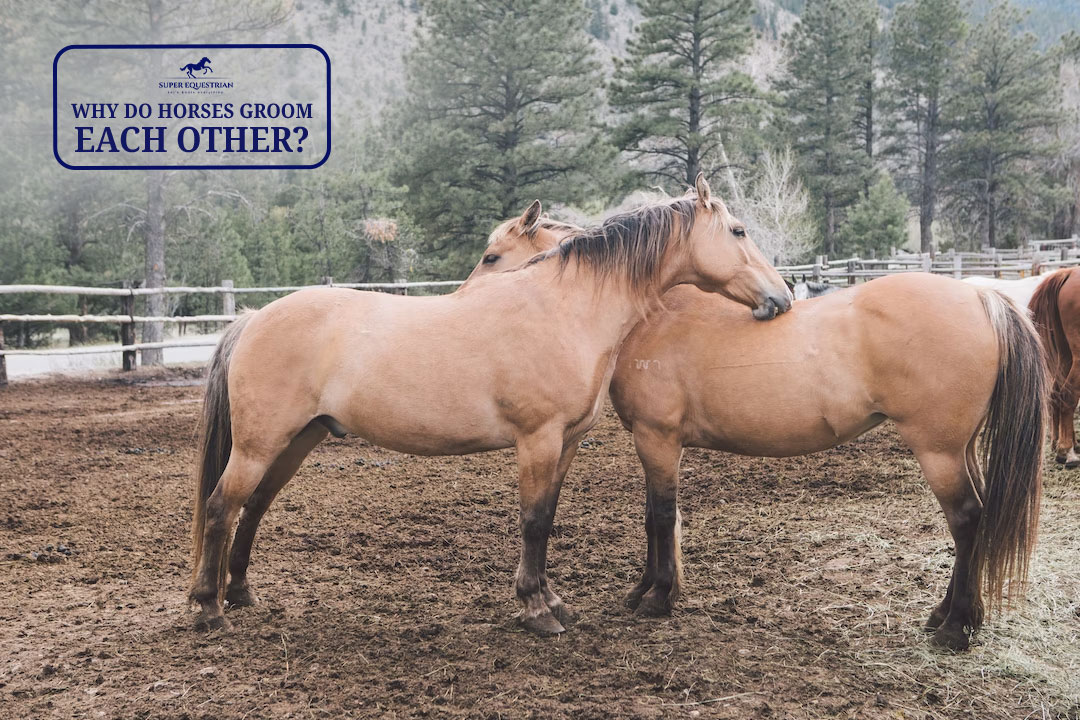
Why do horses groom each ...
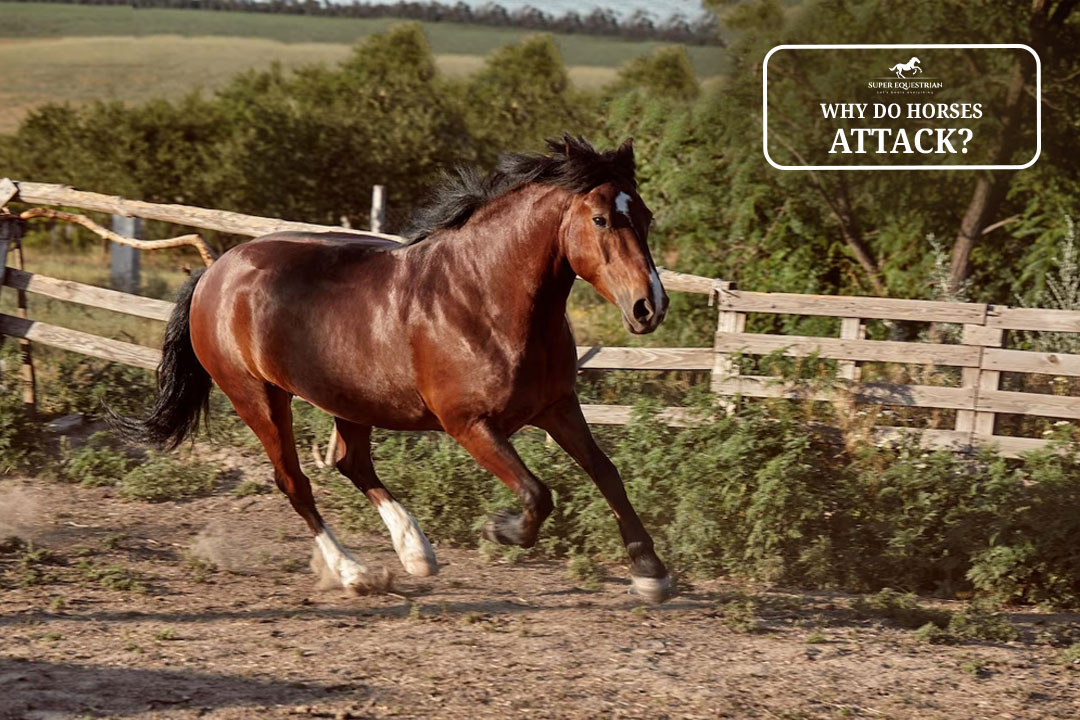
Why do horses attack...

Should I Use a Martingale ...

How to fit bell boots ...
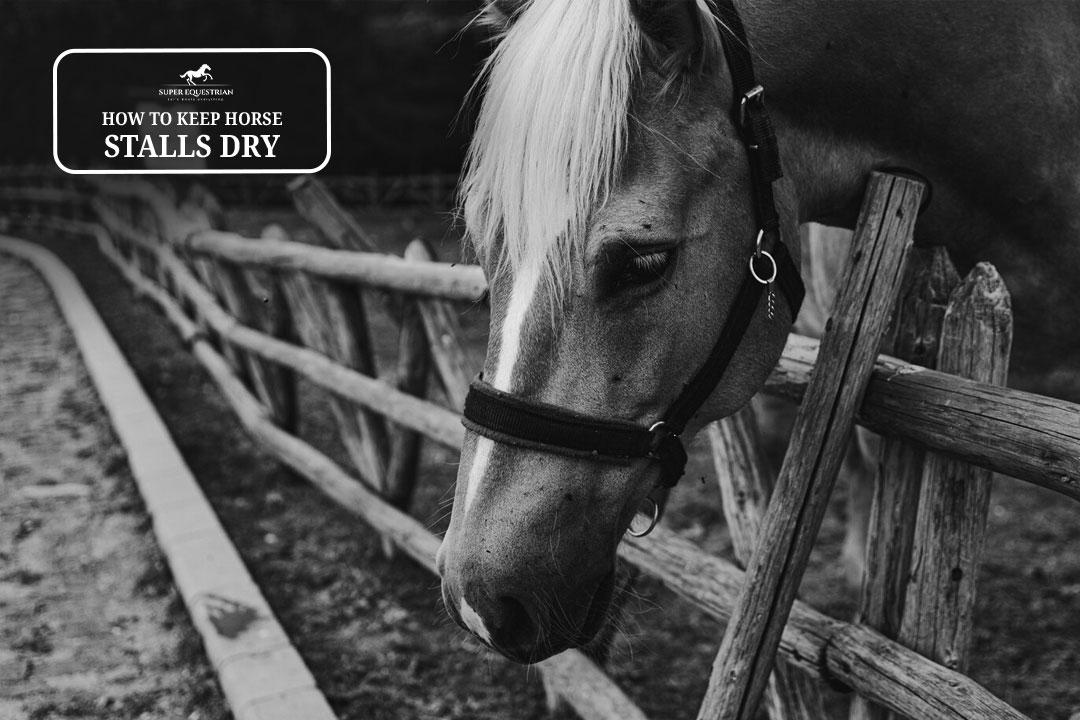
How To Keep Horse Stalls ...
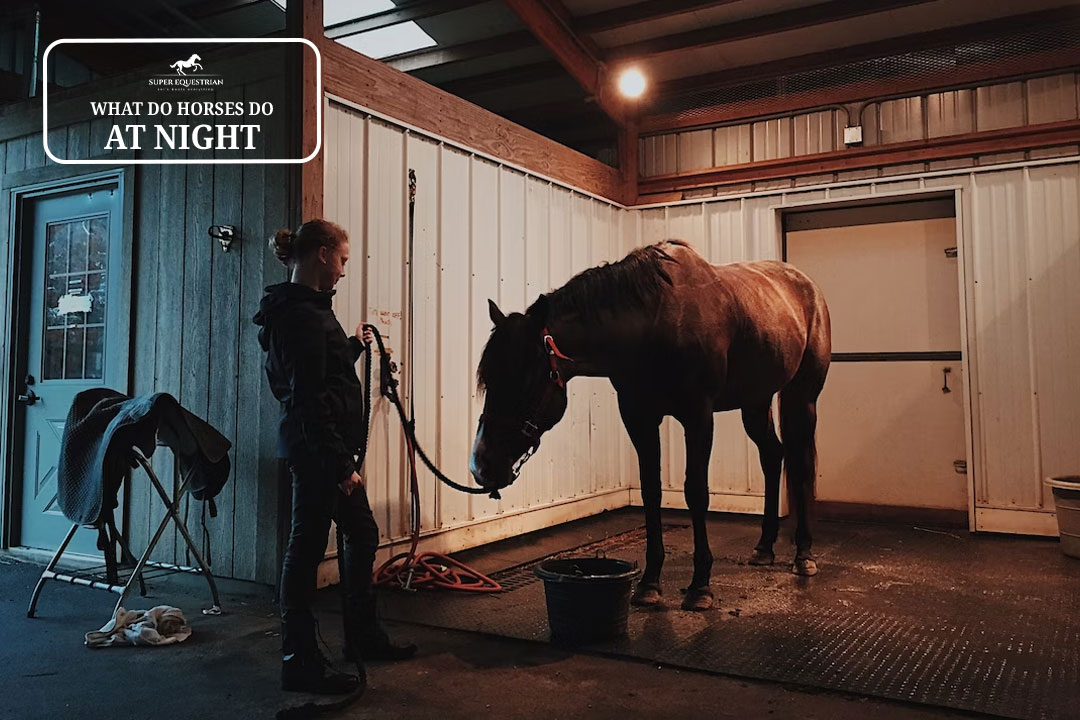
What Do Horses Do At ...
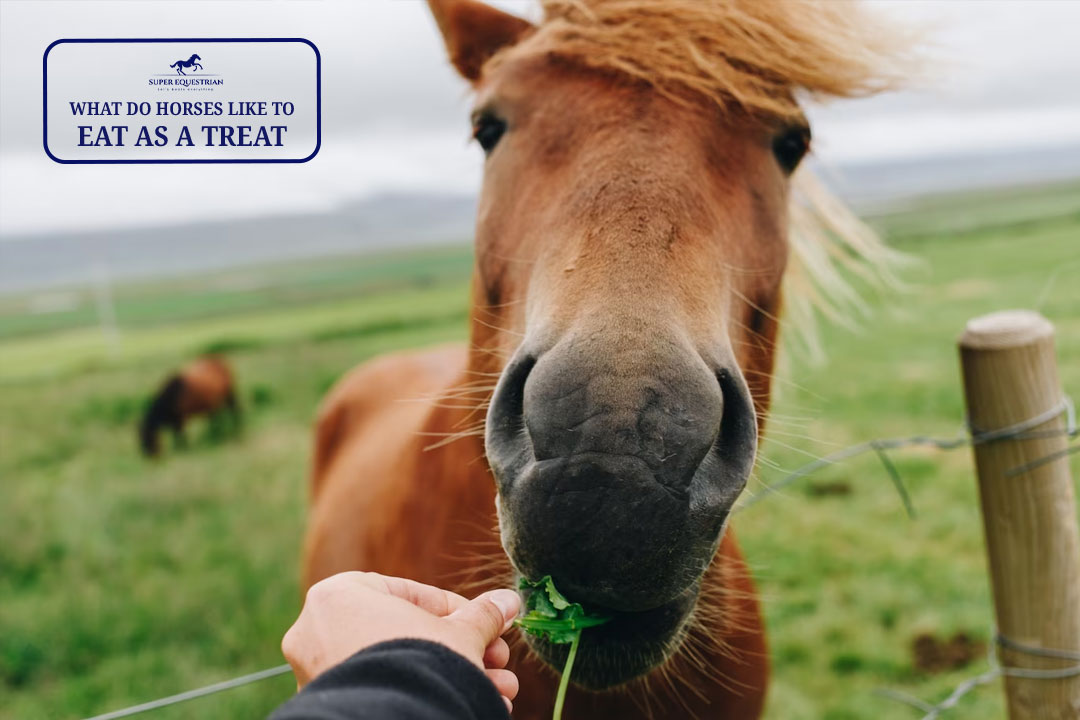
What do horses like to ...

Why do wild horses get ...
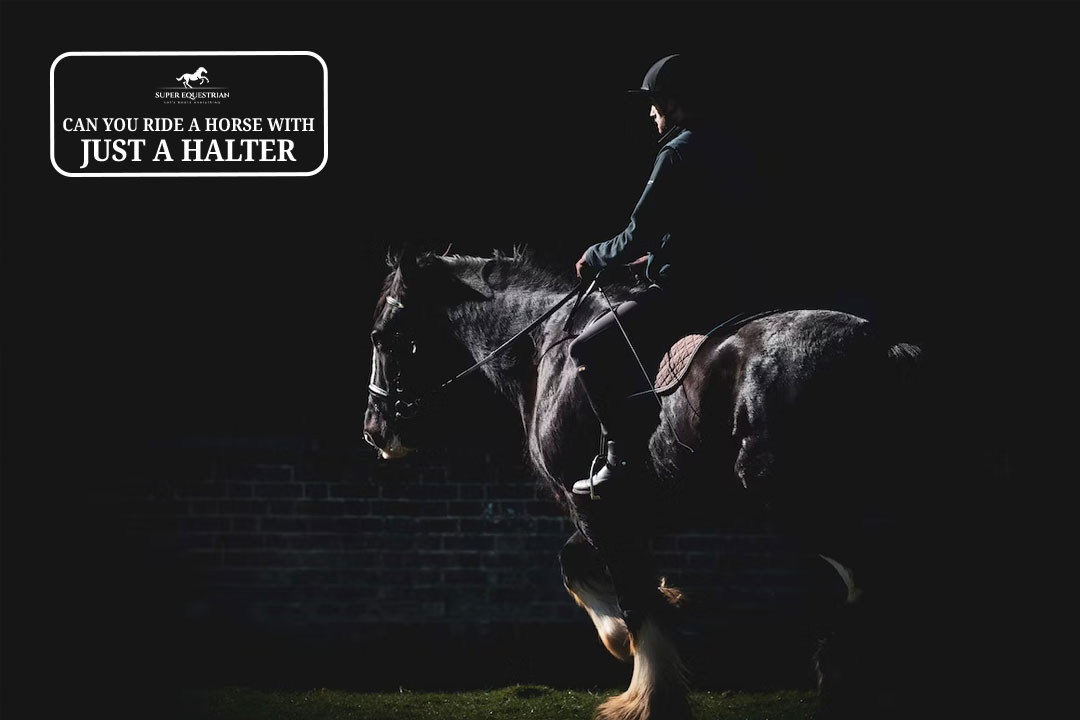
Can you ride a horse ...
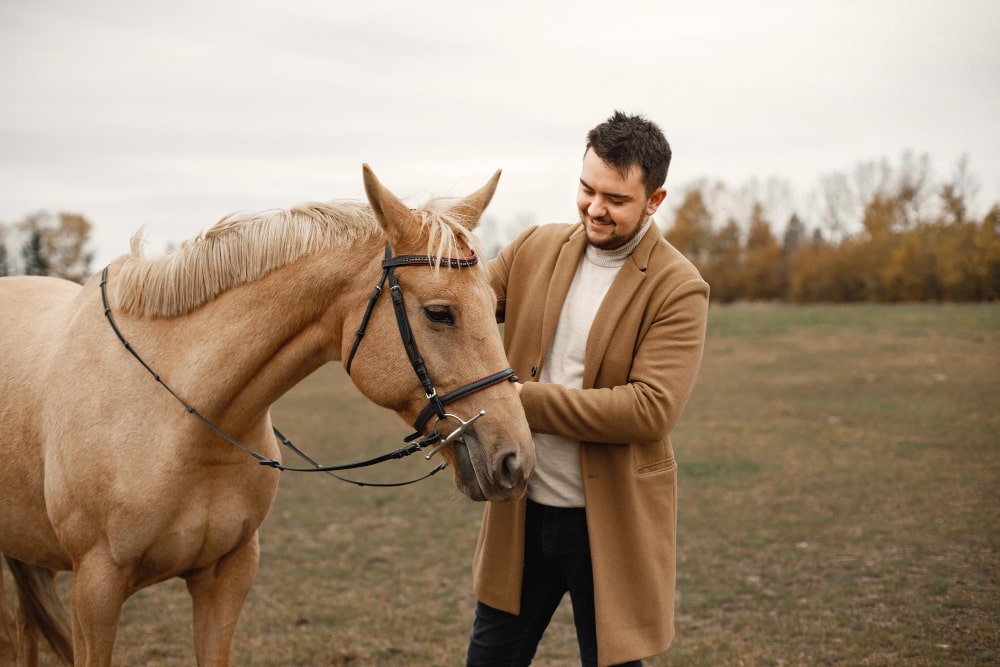
Are horses protective of their ...

Why racking horses are popular ...
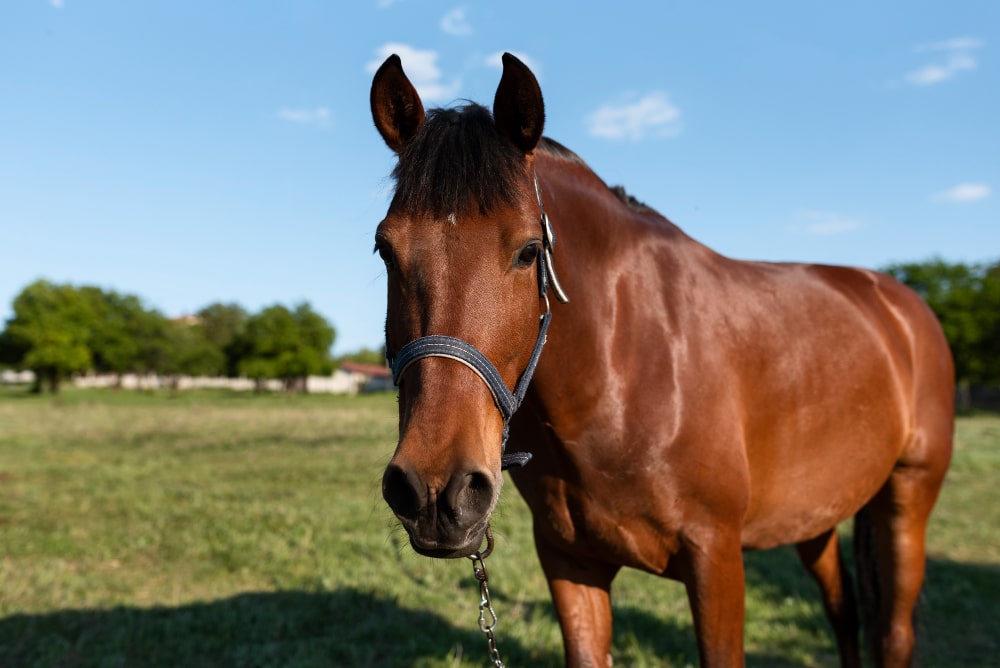
How To Keep Horses Off ...
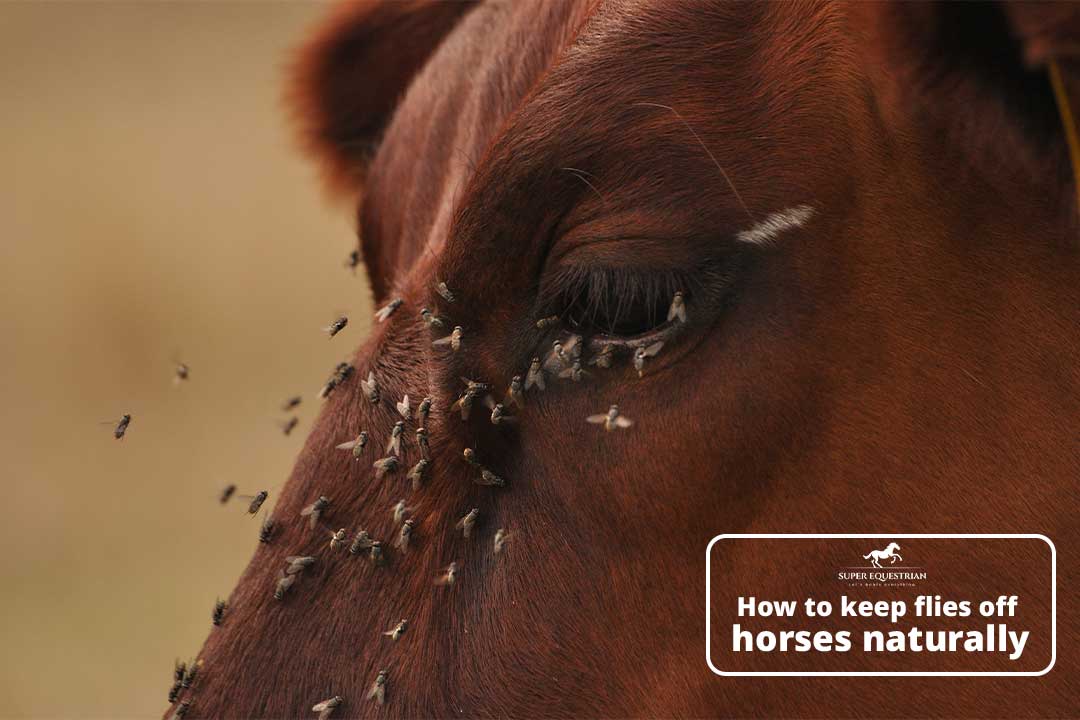
How to Keep Flies Off ...

Pros and Cons Using A ...
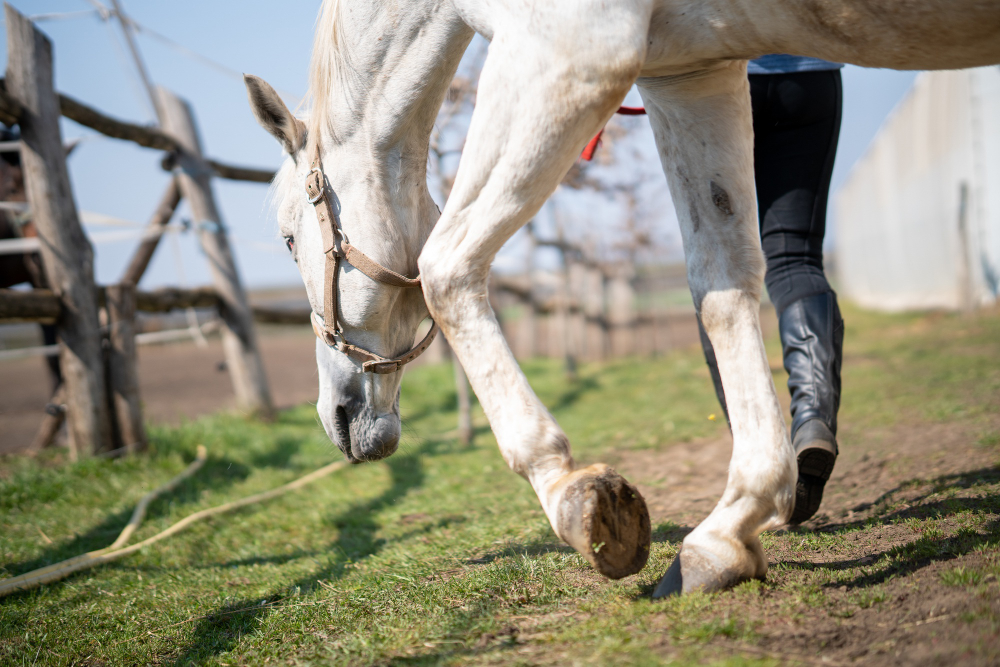
Can you ride a horse ...

Why are Corriente saddles so ...
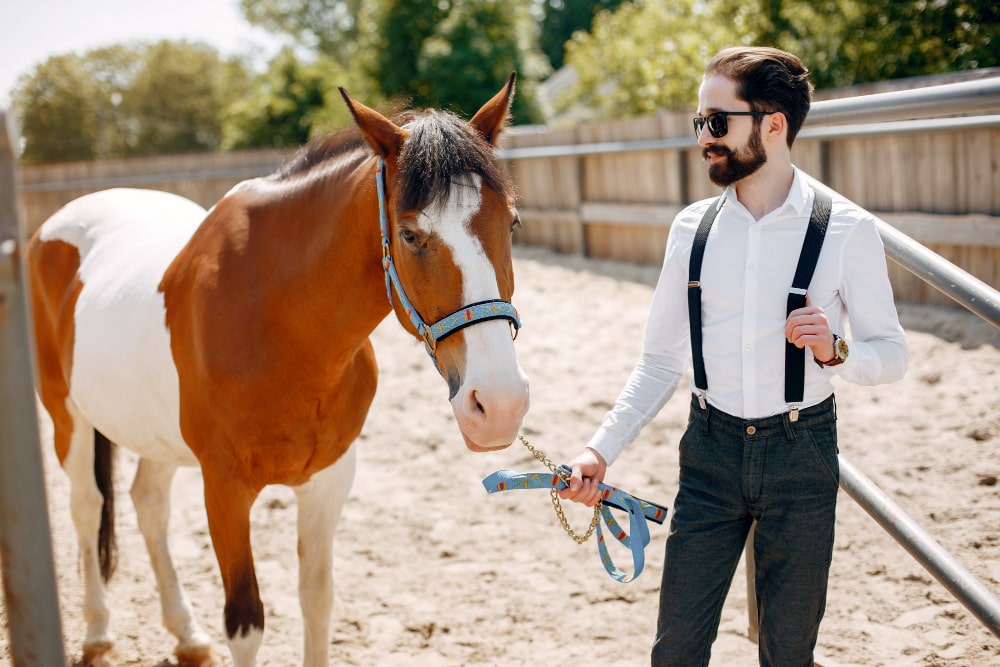
Pros and cons of equine ...
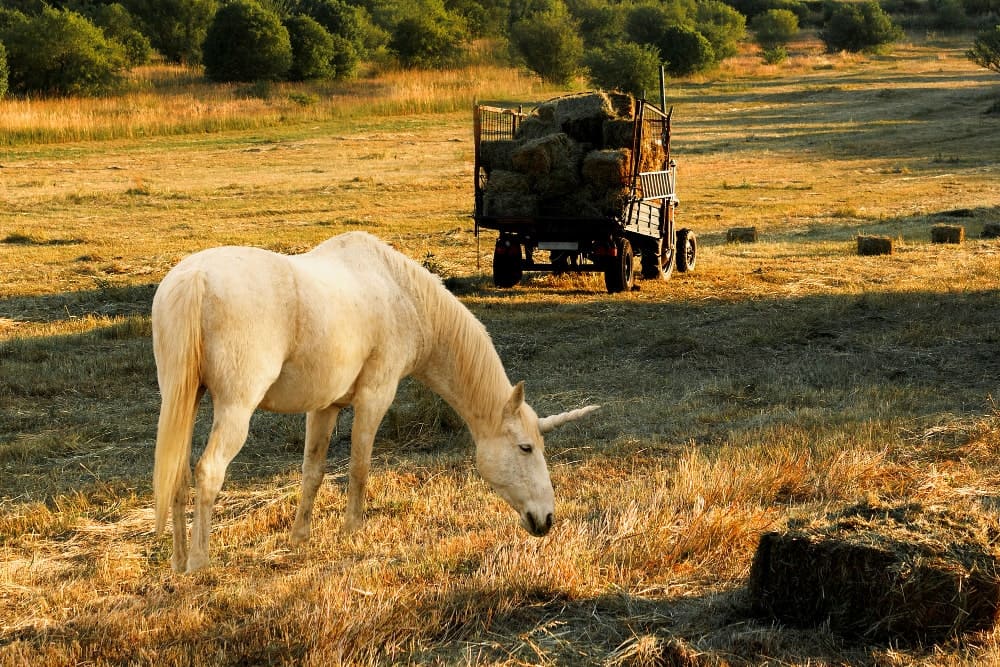
How Long After Mowing Can ...

How to Care for a ...
.jpg)
Why Do Horses Wear Blinders: ...
.jpg)
How to fit an exercise ...

Why is my horse bucking ...
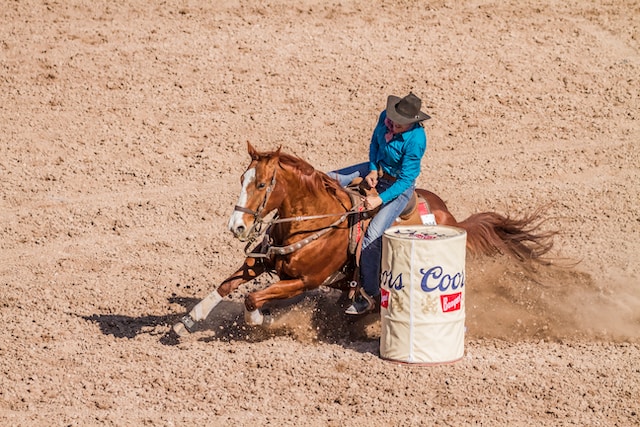
What causes a horse to ...

How to Stop a Horse ...
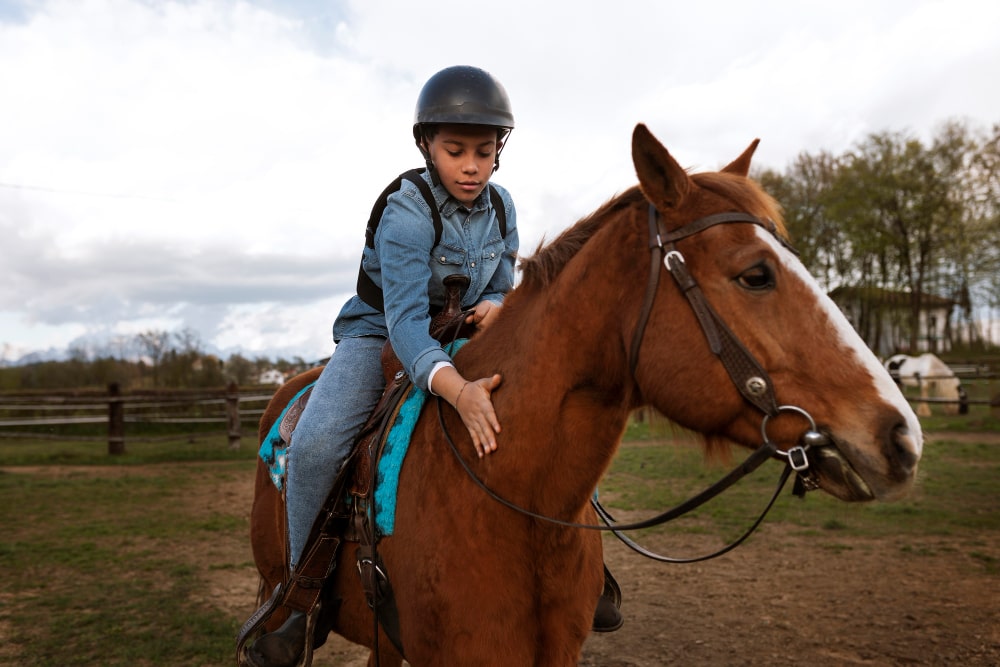
Why Is My Horse Bunny ...
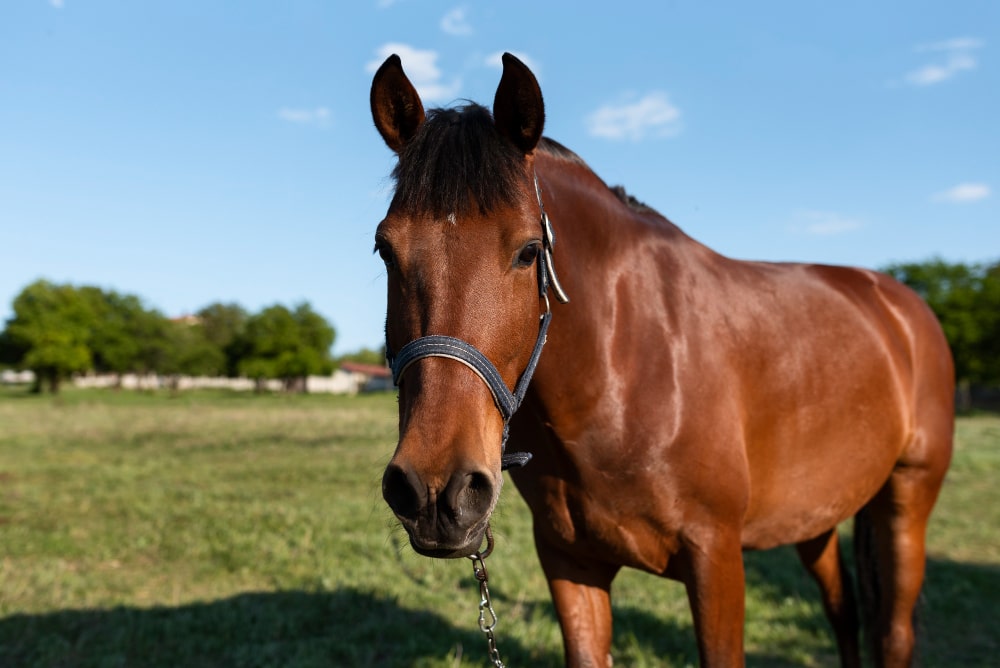
How To Improve Pasture For ...
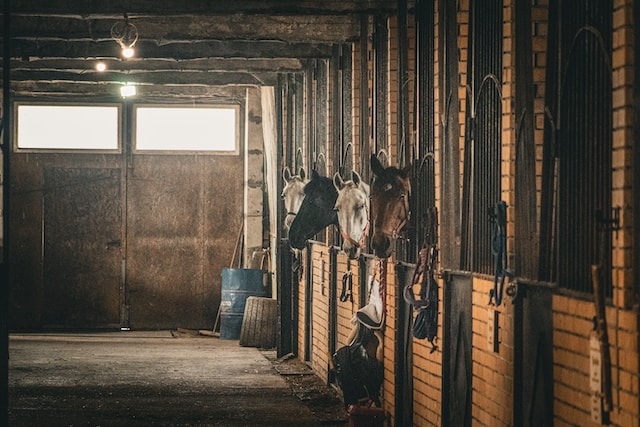
How to get the smell ...

Can you add ramp to ...

What Is The Temperament Of ...
.jpg)
Why Is Friesian Horse Hair ...
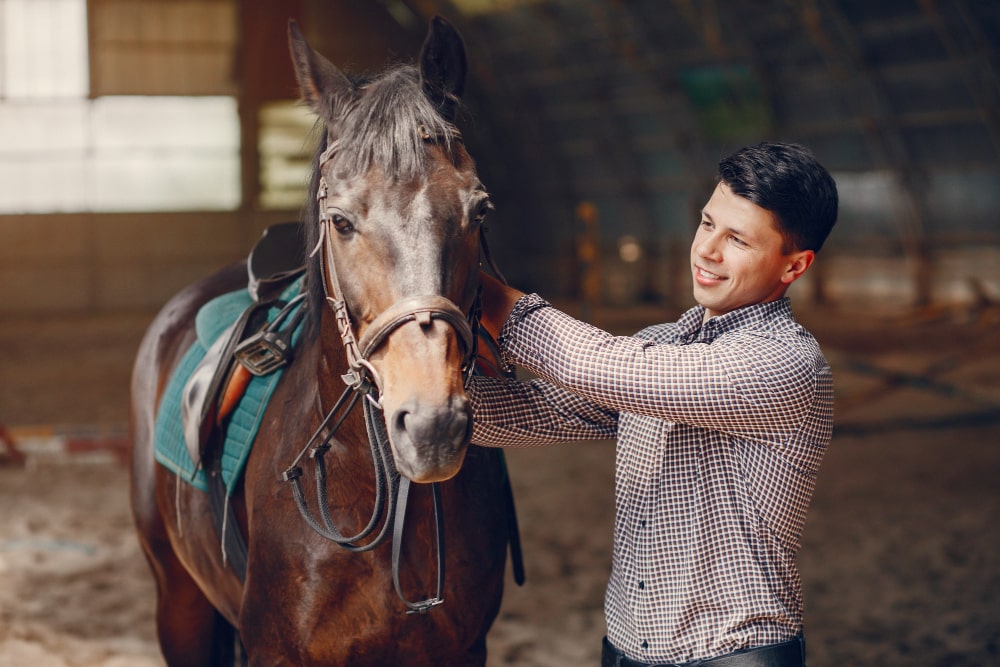
Why is my horse testing ...
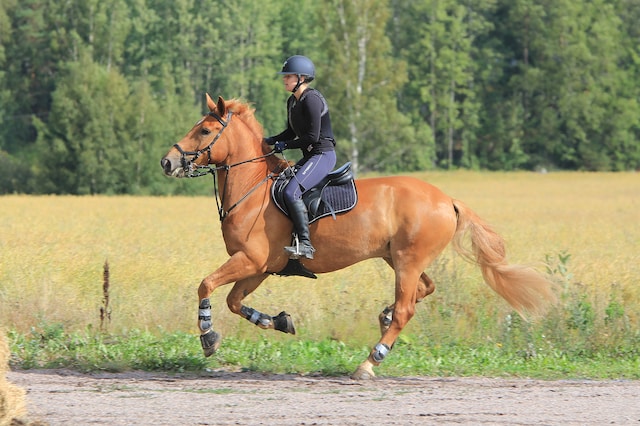
How often you should take ...

How long does it take ...
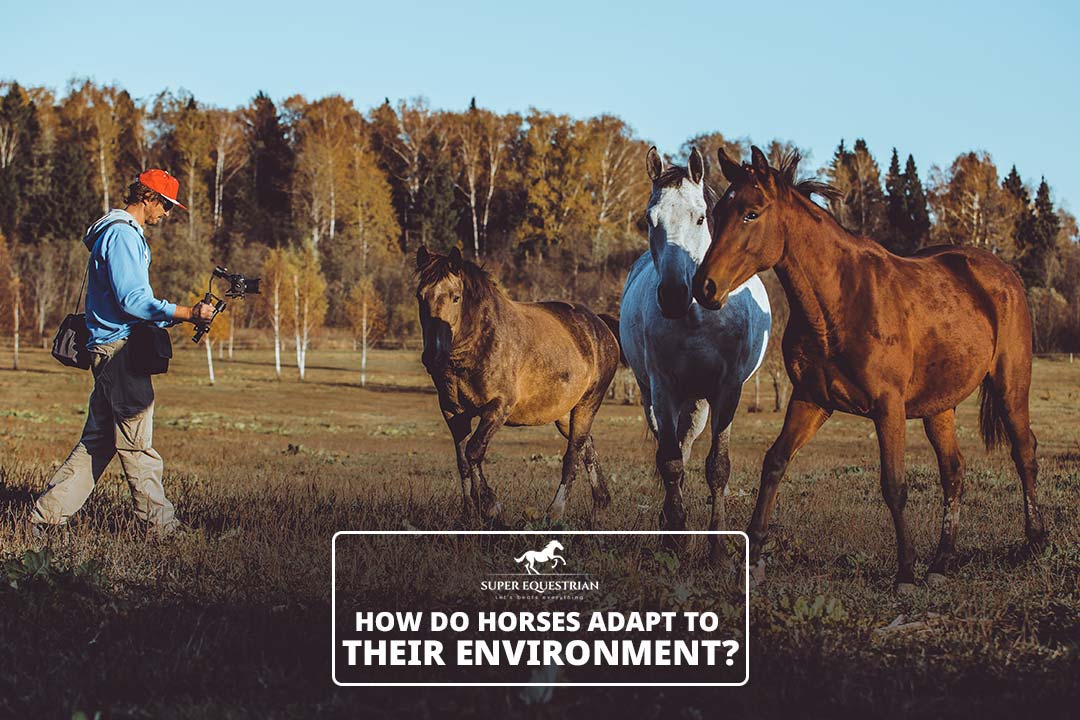
How do horses adapt to ...

How To Prepare For A ...
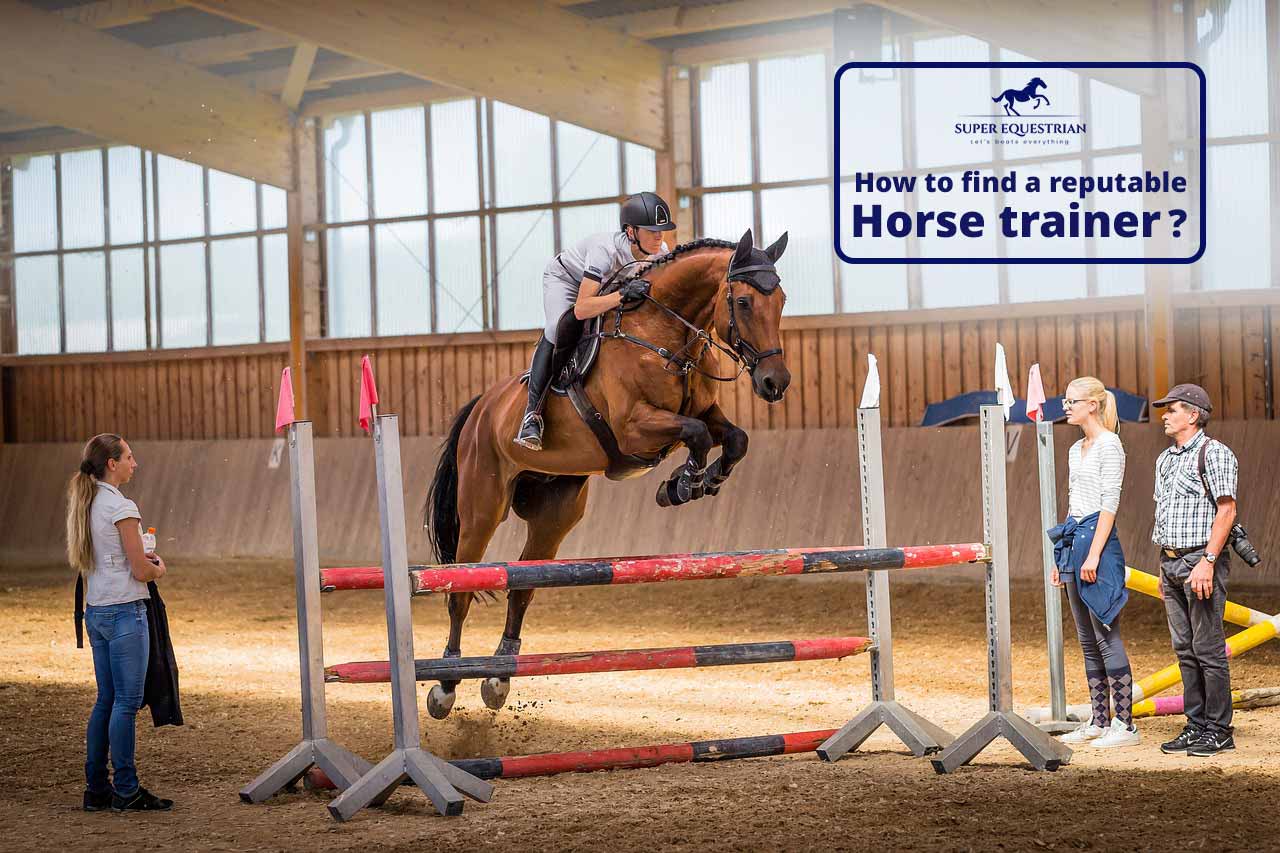
How To Find A Reputable ...
.jpg)
Do Horses Get Medals at ...

How to create a horse-...